Forums
- Forums
- Duggy's Reference Hangar
- RAF Library
- Westland Lysander
Westland Lysander
Post a reply
- Go to Previous topic
- Go to Next topic
- Go to Welcome
- Go to Introduce Yourself
- Go to General Discussion
- Go to Screenshots, Images and Videos
- Go to Off topic
- Go to Works in Progress
- Go to Skinning Tips / Tutorials
- Go to Skin Requests
- Go to IJAAF Library
- Go to Luftwaffe Library
- Go to RAF Library
- Go to USAAF / USN Library
- Go to Misc Library
- Go to The Ops Room
- Go to Made in Germany
- Go to Campaigns and Missions
- Go to Works in Progress
- Go to Juri's Air-Raid Shelter
- Go to Campaigns and Missions
- Go to Works in Progress
- Go to Skinpacks
- Go to External Projects Discussion
- Go to Books & Resources
-
6 years agoMon May 19 2025, 09:58amDuggy
 Main AdminThe Westland Lysander (nickname the "Lizzie") is a British army co-operation and liaison aircraft produced by Westland Aircraft used immediately before and during the Second World War. After becoming obsolete in the army co-operation role, the aircraft's exceptional short-field performance enabled clandestine missions using small, improvised airstrips behind enemy lines to place or recover agents, particularly in occupied France with the help of the French Resistance. British Army air co-operation aircraft were named after mythical or historical military leaders; in this case the Spartan admiral Lysander was chosen.
Main AdminThe Westland Lysander (nickname the "Lizzie") is a British army co-operation and liaison aircraft produced by Westland Aircraft used immediately before and during the Second World War. After becoming obsolete in the army co-operation role, the aircraft's exceptional short-field performance enabled clandestine missions using small, improvised airstrips behind enemy lines to place or recover agents, particularly in occupied France with the help of the French Resistance. British Army air co-operation aircraft were named after mythical or historical military leaders; in this case the Spartan admiral Lysander was chosen.
Design and development
In 1934 the Air Ministry issued Specification A.39/34 for an army co-operation aircraft to replace the Hawker Hector. Initially Hawker Aircraft, Avro and Bristol were invited to submit designs, but after some debate within the Ministry, a submission from Westland was invited as well. The Westland design, internally designated P.8, was the work of Arthur Davenport under the direction of "Teddy" Petter. It was Petter's second aircraft design and he spent considerable time interviewing Royal Air Force pilots to find out what they wanted from such an aircraft. Less clear was whether he or the pilots understood the army co-operation role and what the army wanted, which was tactical reconnaissance and artillery reconnaissance capability ? photographic reconnaissance and observation of artillery fire in daylight ? up to about 15,000 yards (14 km) behind the enemy front. The result of Petter's pilot enquiries suggested that field of view, low-speed handling characteristics and STOL performance were the most important requirements.
Davenport and Petter designed an aircraft to incorporate these features with unconventional results. The Lysander was powered by a Bristol Mercury air-cooled radial engine and had high wings and a fixed conventional landing gear mounted on an innovative inverted U square-section tube that supported wing struts at the apex, was in itself resilient, and contained (internal) springs for the faired wheels. The large streamlined spats also each contained a mounting for a Browning machine gun and for small, removable stub wings that could be used to carry light bombs or supply canisters. The wings had a reverse taper towards the root, which gave the impression of a bent gull wing from some angles, although the spars were straight. It had a girder type construction faired with a light wood stringers to give the aerodynamic shape. The forward fuselage was duralumin tube joined with brackets and plates, and the after part was welded stainless steel tubes. Plates and brackets were cut from channel extrusions rather than being formed from sheet steel. The front spar and lift struts were extrusions. The wing itself was fabric covered, and its thickness was maximized at the lift strut anchorage location, similar to that of later marks of the Stinson Reliant high-winged transport monoplane.
Despite its appearance, the Lysander was aerodynamically advanced; being equipped with fully automatic wing slots and slotted flaps and a variable incidence tailplane. These refinements gave the Lysander a stalling speed of only 65 mph (104 km/h, 56.5 knots). It also featured the largest Elektron alloy extrusion made at the time: the one-piece frame already mentioned that supporting the wings and wheels. (This was a feature of British-built aircraft only ? Canadian-built machines had a conventionally fabricated assembly due to the difficulties involved in manufacturing such a large extrusion.) The Air Ministry requested two prototypes of the P.8 and the competing Bristol Type 148, quickly selecting the Westland aircraft for production and issuing a contract in September 1936.
Below prototype K6127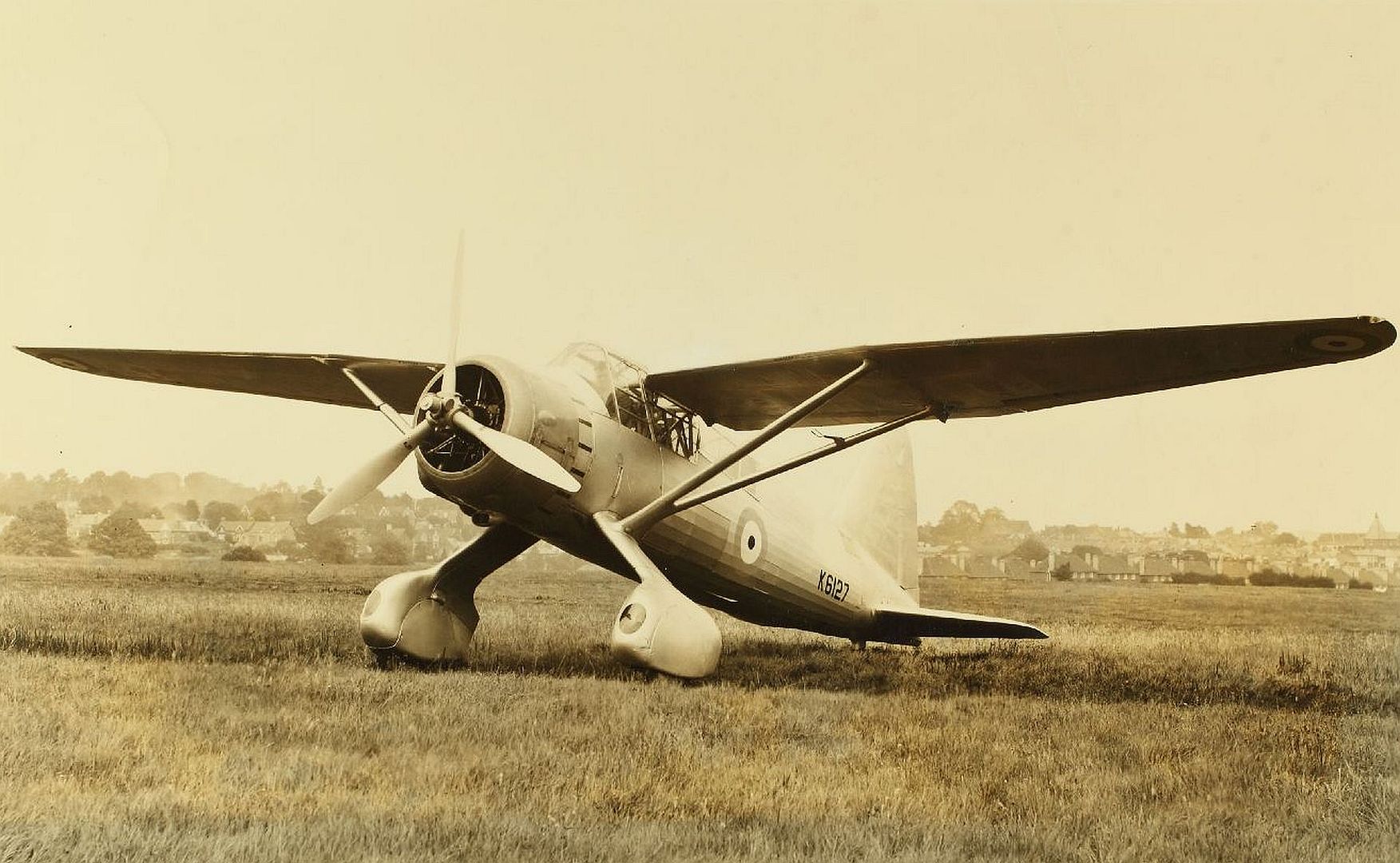
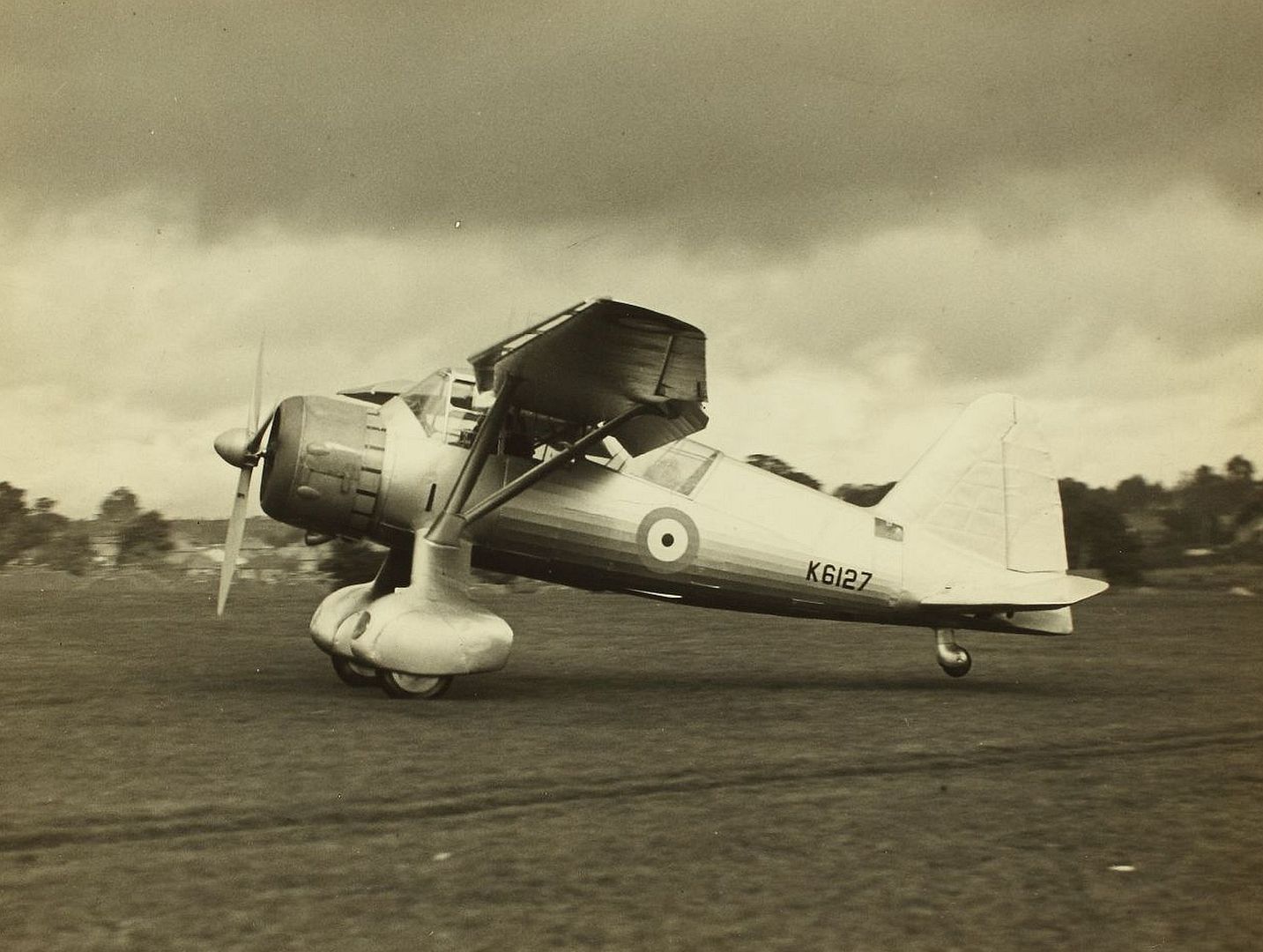


Operational history
United Kingdom
The first Lysanders entered service in June 1938, equipping squadrons for army co-operation and were initially used for message-dropping and artillery spotting. When war broke out in Europe, the earlier Mk Is had been largely replaced by Mk IIs, the older machines heading for the Middle East. Some of these aircraft, now designated type L.1, operated with the Chindits of the British Indian Army in the Burma Campaign of the Second World War.
Four regular squadrons equipped with Lysanders accompanied the British Expeditionary Force to France in October 1939, and were joined by a further squadron early in 1940. Following the German invasion of France and the low countries on 10 May 1940, Lysanders were put into action as spotters and light bombers. In spite of occasional victories against German aircraft, they made very easy targets for the Luftwaffe even when escorted by Hurricanes. Withdrawn from France during the Dunkirk evacuation, they continued to fly supply-dropping missions to Allied forces from bases in England; on one mission to drop supplies to troops trapped at Calais, 14 of 16 Lysanders and Hawker Hectors that set out were lost. 118 Lysanders were lost in or over France and Belgium in May and June 1940, of a total of 175 deployed. With the fall of France, it was clear that the type was unsuitable for the coastal patrol and army co-operation role, being described by Air Marshal Arthur Barratt, commander-in-chief of the British Air Forces in France as "quite unsuited to the task; a faster, less vulnerable aircraft was required." The view of Army AOP pilots was that the Lysander was too fast for artillery spotting purposes, too slow and unmanoeuverable to avoid fighters, too big to conceal quickly on a landing field, too heavy to use on soft ground and had been developed by the RAF without ever asking the Army what was needed. Nevertheless, throughout the remainder of 1940, Lysanders flew dawn and dusk patrols off the coast and in the event of an invasion of Britain, they were tasked with attacking the landing beaches with light bombs and machine guns. They were replaced in the home-based army co-operation role from 1941 by camera-equipped fighters such as the Curtiss Tomahawk and North American Mustang carrying out reconnaissance operations, while light aircraft such as the Taylorcraft Auster were used to direct artillery. Some UK-based Lysanders went to work operating air-sea rescue, dropping dinghies to downed RAF aircrew in the English Channel. Fourteen squadrons and flights were formed for this role in 1940 and 1941.
Special duties
In August 1941 a new squadron, No. 138 (Special Duties), was formed to undertake missions for the Special Operations Executive to maintain clandestine contact with the French Resistance. Among its aircraft were Lysander Mk IIIs, which flew over and landed in occupied France. While general supply drops could be left to the rest of No. 138's aircraft, the Lysander could insert and remove agents from the continent or retrieve Allied aircrew who had been shot down over occupied territory and had evaded capture. For this role the Mk IIIs were fitted with a fixed ladder over the port side to hasten access to the rear cockpit and a large drop tank under the belly. In order to slip in unobtrusively Lysanders were painted matte black overall (some early examples had brown/green camouflaged upper surfaces and later examples had grey/green upper surfaces);operations almost always took place within a week of a full moon, as moonlight was essential for navigation. The aircraft undertook such duties until the liberation of France in 1944.
Lysanders flew from secret airfields at Newmarket and later Tempsford, but used regular RAF stations to fuel-up for the actual crossing, particularly RAF Tangmere. Flying without any navigation equipment other than a map and compass, Lysanders would land on short strips of land, such as fields, marked out by four or five torches. Or to avoid having to land, the agent, wearing a special padded suit, stepped off at very low altitude and rolled to a stop on the field. They were originally designed to carry one passenger in the rear cockpit, but for SOE use the rear cockpit was modified to carry two passengers in extreme discomfort in case of urgent necessity. The pilots of No. 138 and from early 1942, No. 161 Squadron transported 101 agents to and recovered 128 agents from Nazi-occupied Europe. The Germans knew little about the British aircraft and wished to study one. Soldiers captured an intact Lysander in March 1942 when its pilot was unable to destroy it after a crash, but a train hit the truck carrying the Lysander, destroying the cargo.
Lysanders also filled other less glamorous roles, such as service as target-towing and communication aircraft. Two aircraft (T1443 and T1739) were transferred to the British Overseas Airways Corporation (BOAC) for training and 18 were used by the Royal Navy?s Fleet Air Arm. All British Lysanders were withdrawn from service in 1946.
Canada
One hundred and four British-built Lysanders were delivered to Canada supplementing 225 that were built under license by National Steel Car at Malton, Ontario (near Toronto) with production starting in October 1938 and the first aircraft flying in August 1939. The RCAF primarily operated Lysanders in the army co-operation role, where they represented a major improvement over the antiquated Westland Wapiti which could trace its origins back to 1916.
Initial training was conducted at RCAF Station Rockcliffe (near Ottawa, Ontario) with No. 123 Squadron running an army co-operation school there. Units that operated the Lysander for training in this role in Canada include 2 Squadron, 110 Squadron (which became 400 Squadron overseas) and No. 112 Squadron.
No. 414 squadron formed overseas and joined 110 Squadron and 112 Squadron with Lysanders. Prior to going overseas 2 Squadron was disbanded and its airmen reassigned to 110 and 112 Squadrons to bring them up to war establishment (2 Squadron would later reform in England as a Hawker Hurricane unit and eventually be renumbered as 402 Squadron). In all there were three squadrons ready to begin operations against the Axis Powers. Although Operation Sea Lion ? the planned German invasion of Great Britain ? was averted by the British victory in the Battle of Britain in 1940, the high losses suffered by RAF Lysanders in the Battle of France resulted in any plans for cross-channel offensive operations by Lysanders being put on hold, although the Canadian squadrons continued training with the Lysanders until suitable replacements were available.
No. 118 Squadron and No. 122 Squadron were the only Canadian units to use their Lysanders on active-duty operations ? 118 in Saint John, New Brunswick, and 122 at various locations on Vancouver Island, where they performed anti-submarine patrols and conducted search-and-rescue operations. During the same period, No. 121 Squadron and several Operational Training Units (OTUs) used Lysanders ? painted in a high-visibility yellow-and-black-striped scheme ? for target towing duties.
For a brief period in 1940 when every available Hurricane fighter had been sent overseas to fight in the Battle of Britain, leaving the RCAF without a modern fighter aircraft at home in Canada, two RCAF Lysander-equipped squadrons which were supposed to convert to fighter aircraft but had none to convert to were re-designated as operational fighter squadrons. 111 Squadron, a coastal artillery squadron which earlier had replaced its Avro trainers with Lysanders and been reclassified as an army co-operation unit, was again reclassified as a fighter squadron ? the only one on the Canadian west coast ? in June 1940. Lysander-equipped 118 Squadron also was redesignated as a fighter squadron. The Lysander completely lacked the capability to operate in a fighter role, and neither squadron saw action as a fighter unit while equipped with Lysanders, but their designation as fighter squadrons did allow RCAF fighter pilots to work up at a critical time without having to wait for the arrival of true fighter aircraft. No. 118 Squadron was disbanded in September 1940, and when it reformed in December 1940, still as a fighter squadron, it was equipped with 15 old, otherwise unwanted Grumman Goblin fighters produced by Canadian Car and Foundry. Both 111 and 118 Squadrons soon re-equipped with the Curtiss P-40 Kittyhawk, bringing the brief service of Lysanders in fighter squadrons to an end.
By late 1944 all Canadian Lysanders had been withdrawn from flying duties.
Free French
Lysander also joined the ranks of the Forces A?riennes Fran?aises Libres (Free French Air Force, FAFL) when Groupe Mixte de Combat (GMC) 1, formed at RAF Odiham on 29 August 1940, was sent to French North-West Africa in order to persuade the authorities in countries such as Gabon, Cameroon and Chad, which were still loyal to Vichy France, to join the Gaullist cause against the Axis powers, and to attack Italian ground forces in Libya. As with all FAFL aircraft, Lysanders sported the Cross of Lorraine insignia on the fuselage and the wings instead of the French tricolor roundel first used in 1914, to distinguish their aircraft from those flying for the Vichy French Air Force. Lysanders were mostly employed on reconnaissance missions, but were also used to carry out occasional attacks. In all, 24 Lysanders were used by the FAFL.
Other countries
Other export customers for the Lysander included the Finnish Air Force (which received four Mk I and nine Mk III aircraft), the Irish Air Corps (which took delivery of six Mk II aircraft), the Turkish Air Force (which received 36 Mk IIs), the Portuguese Air Force (which took delvery of eight Mk IIIA aircraft), the United States Army Air Forces (which received 25), the Indian Air Force (which took delivery of 22) and the Egyptian Air Force (which received 20). Egyptian Lysanders were the last to see active service, against Israel in the 1947?1949 Palestine war.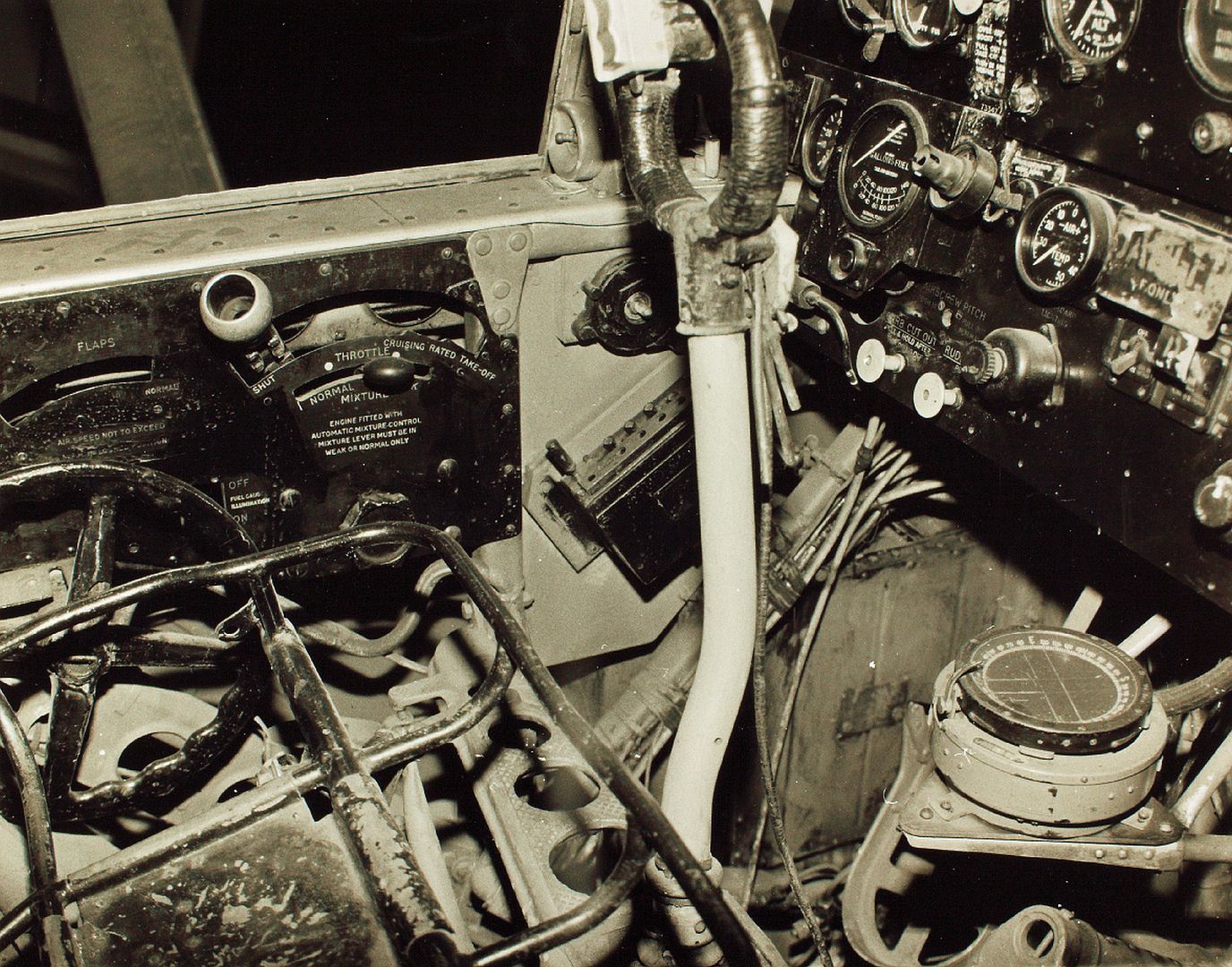

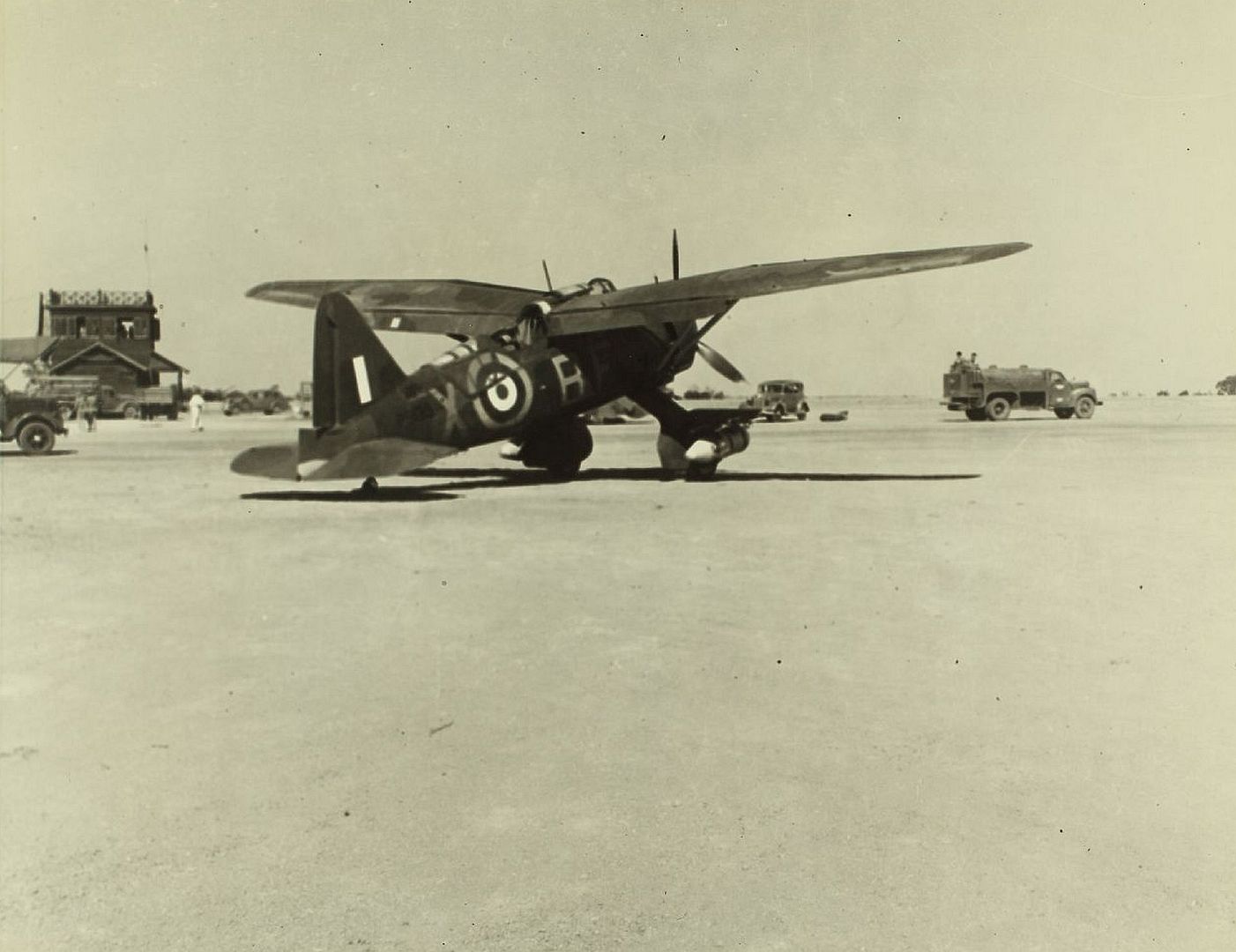
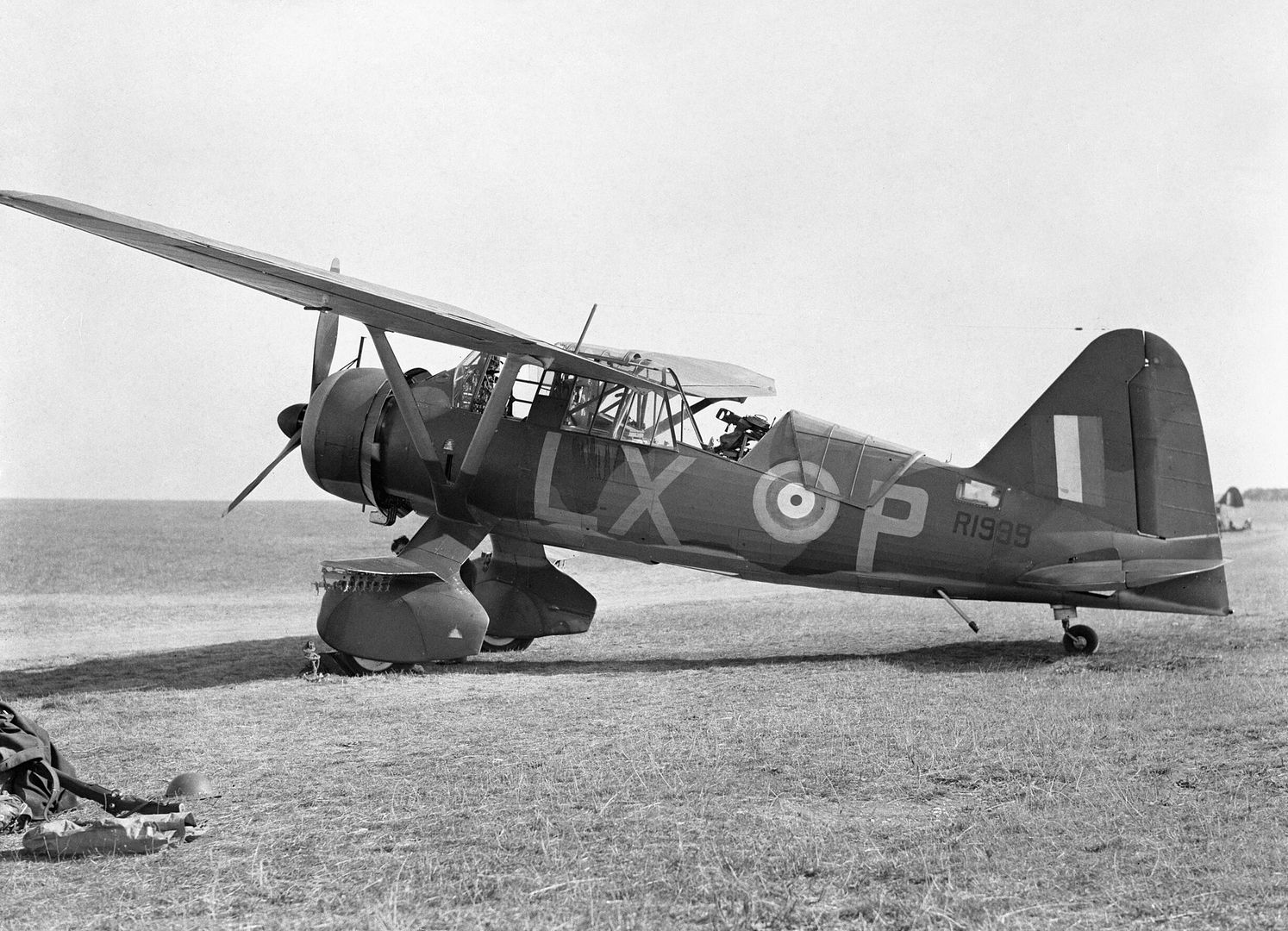

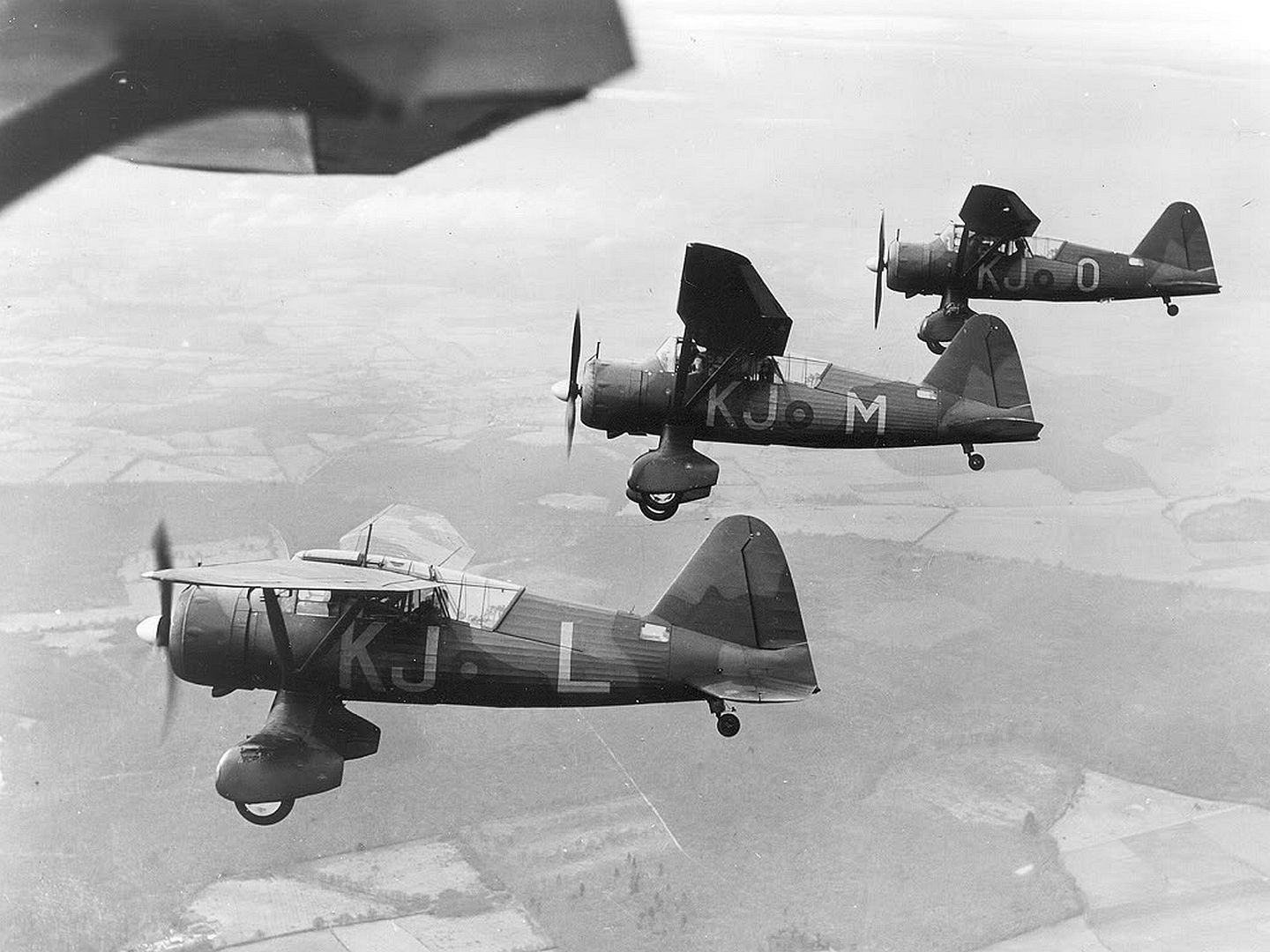

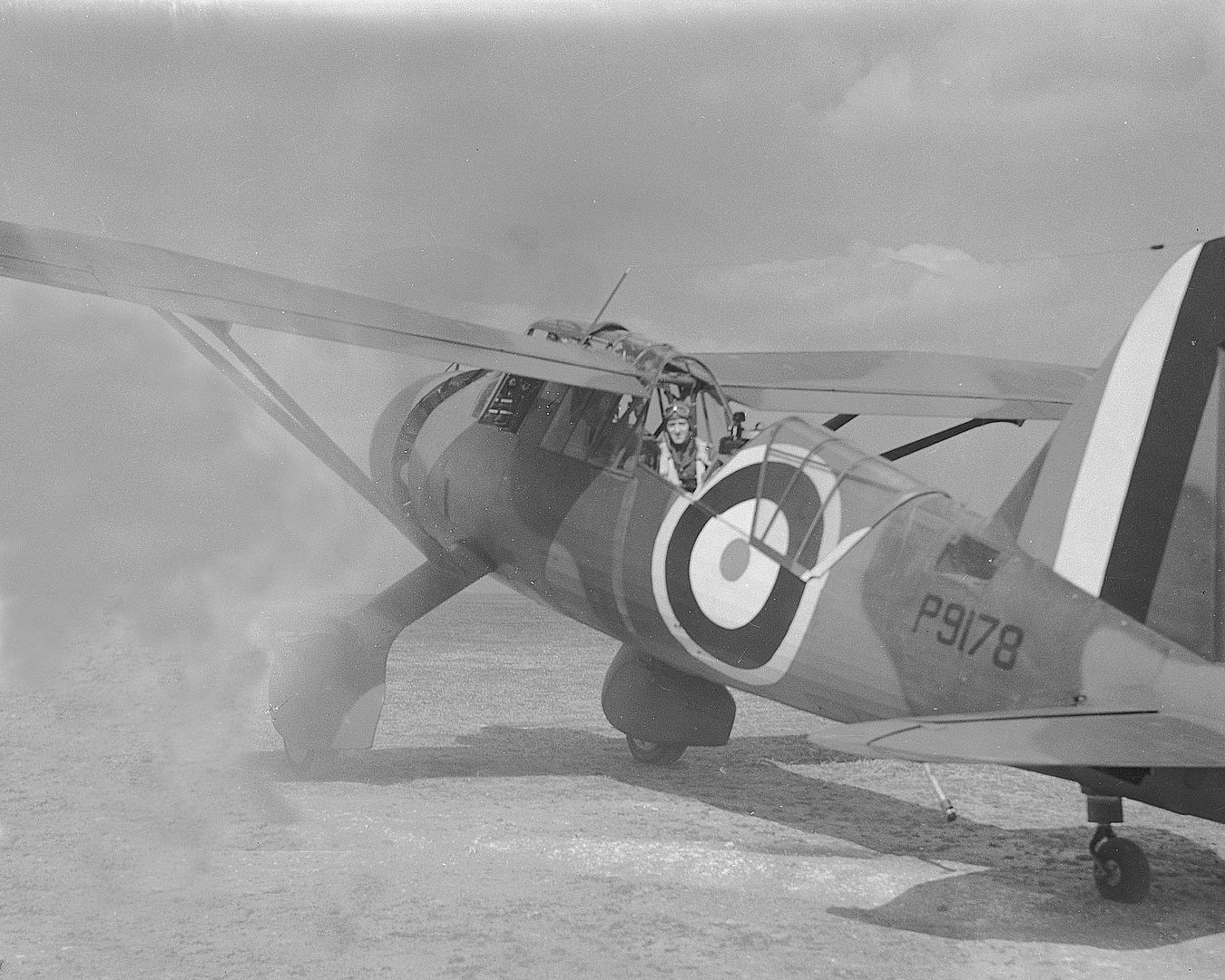

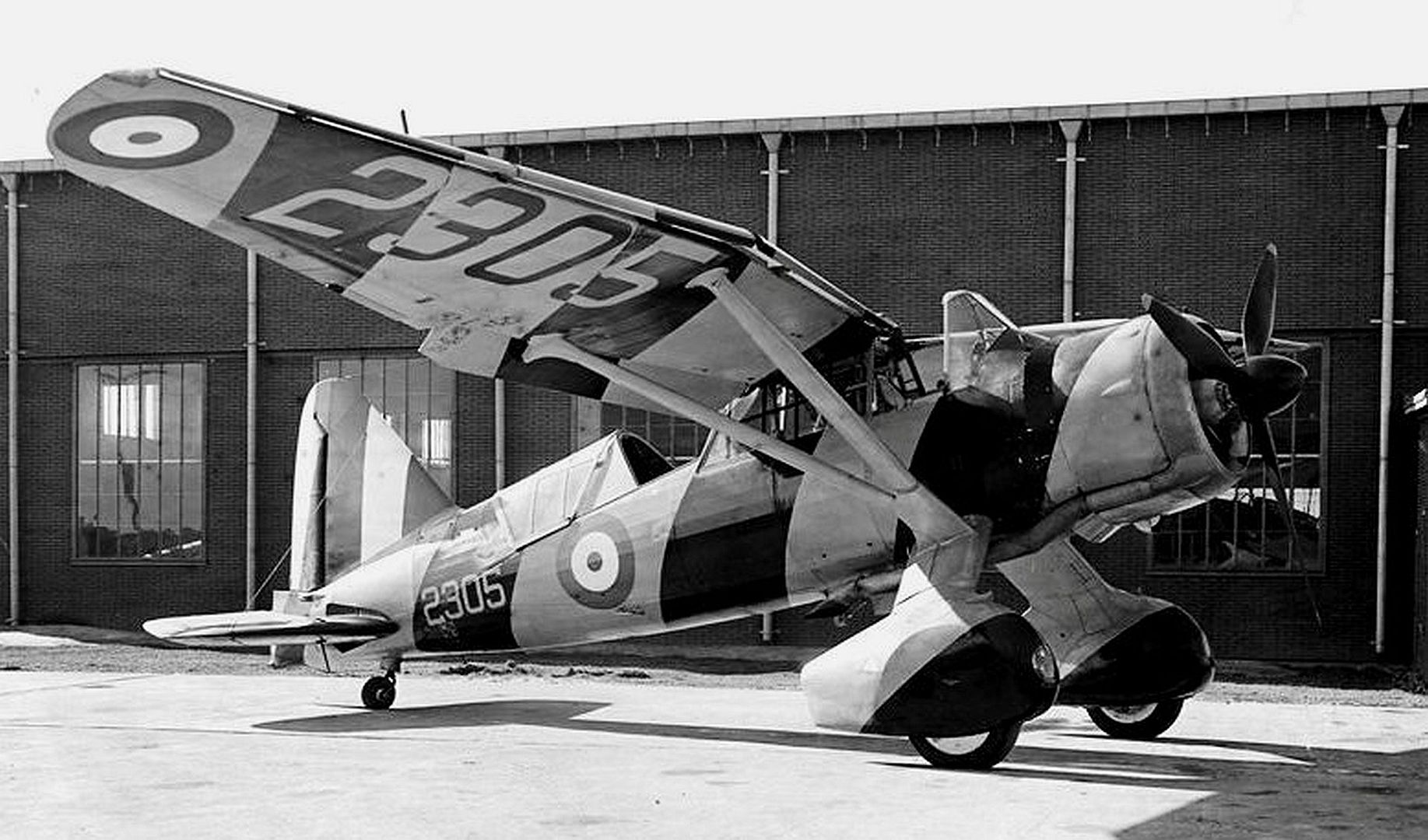
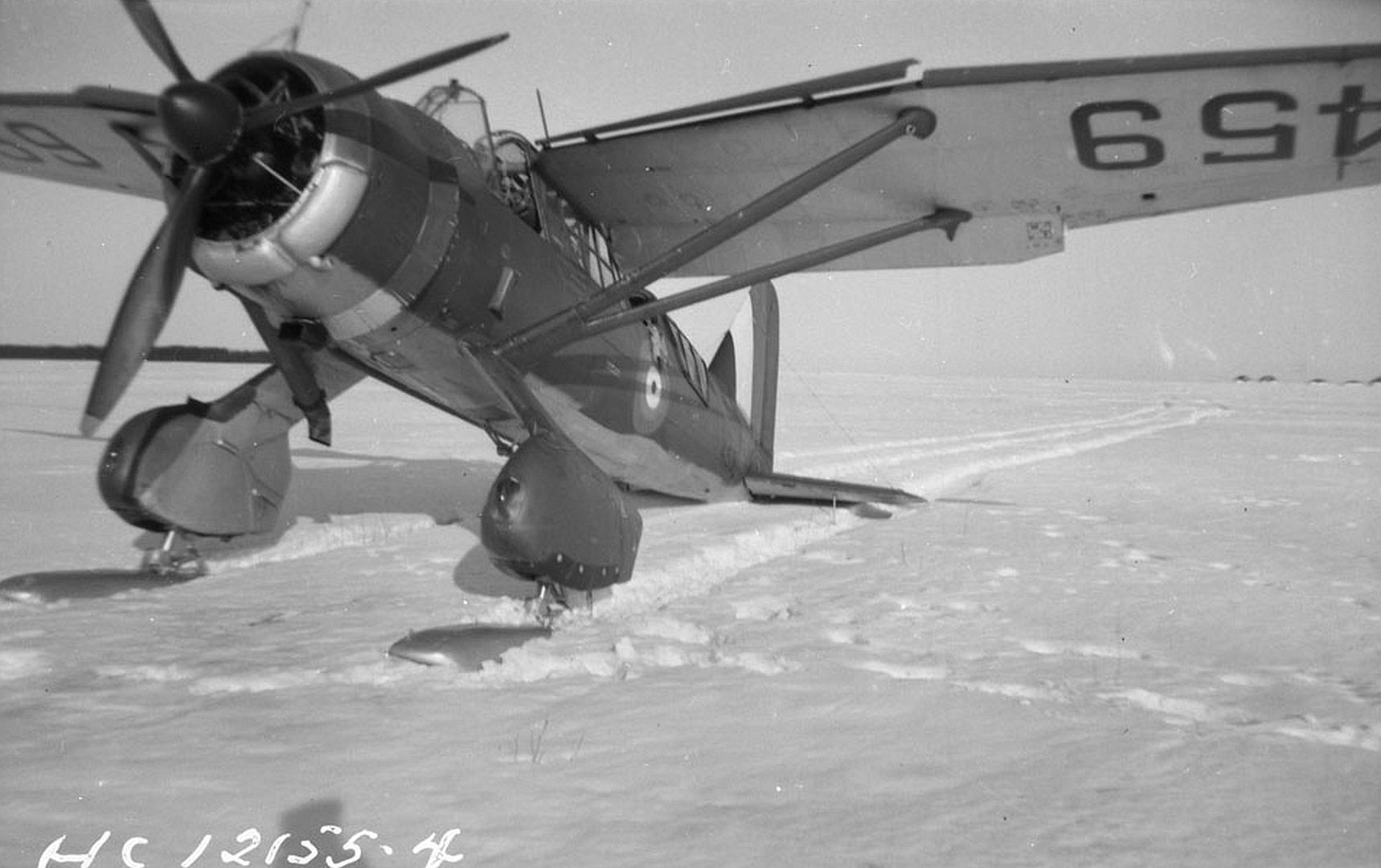
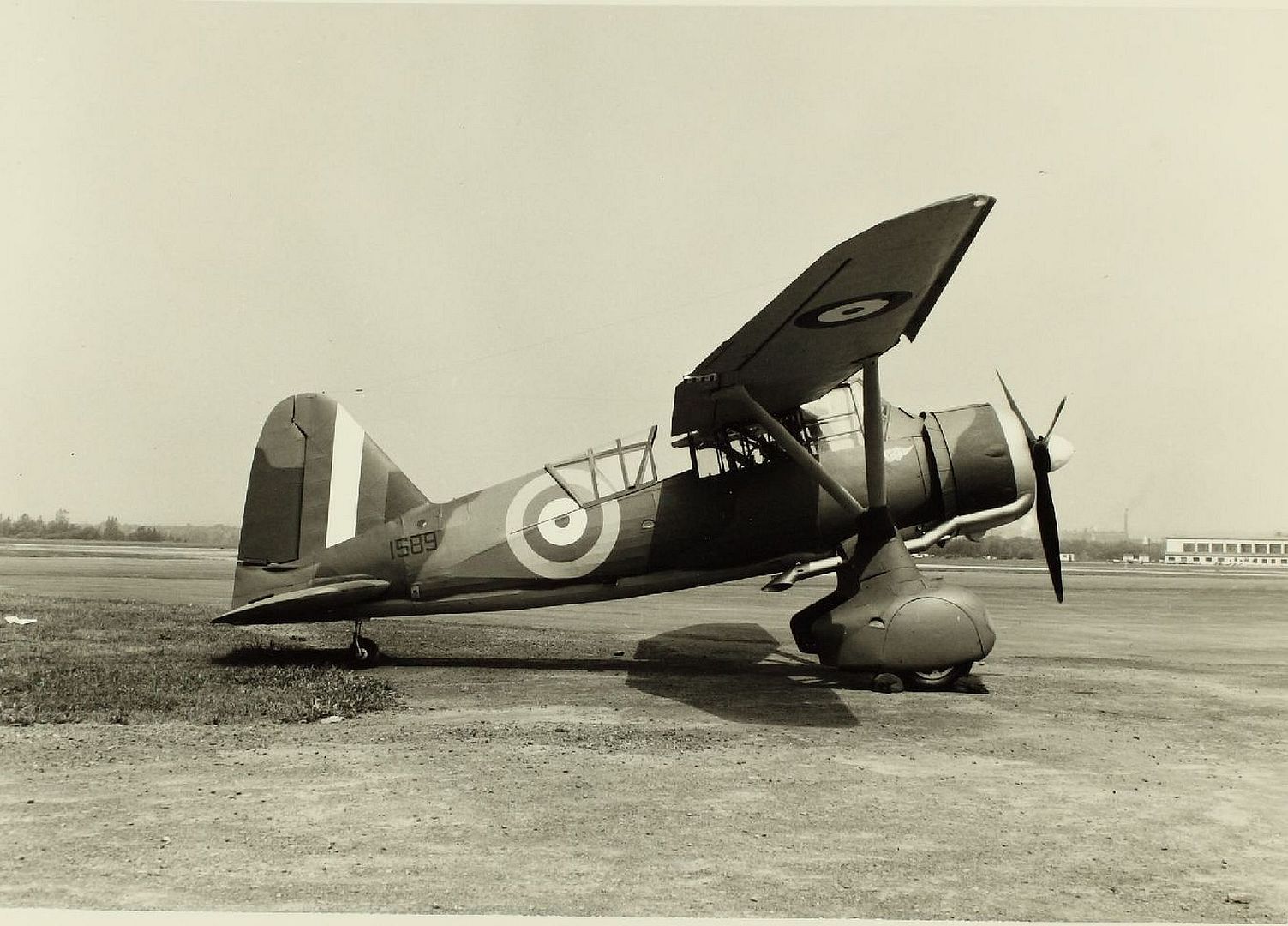

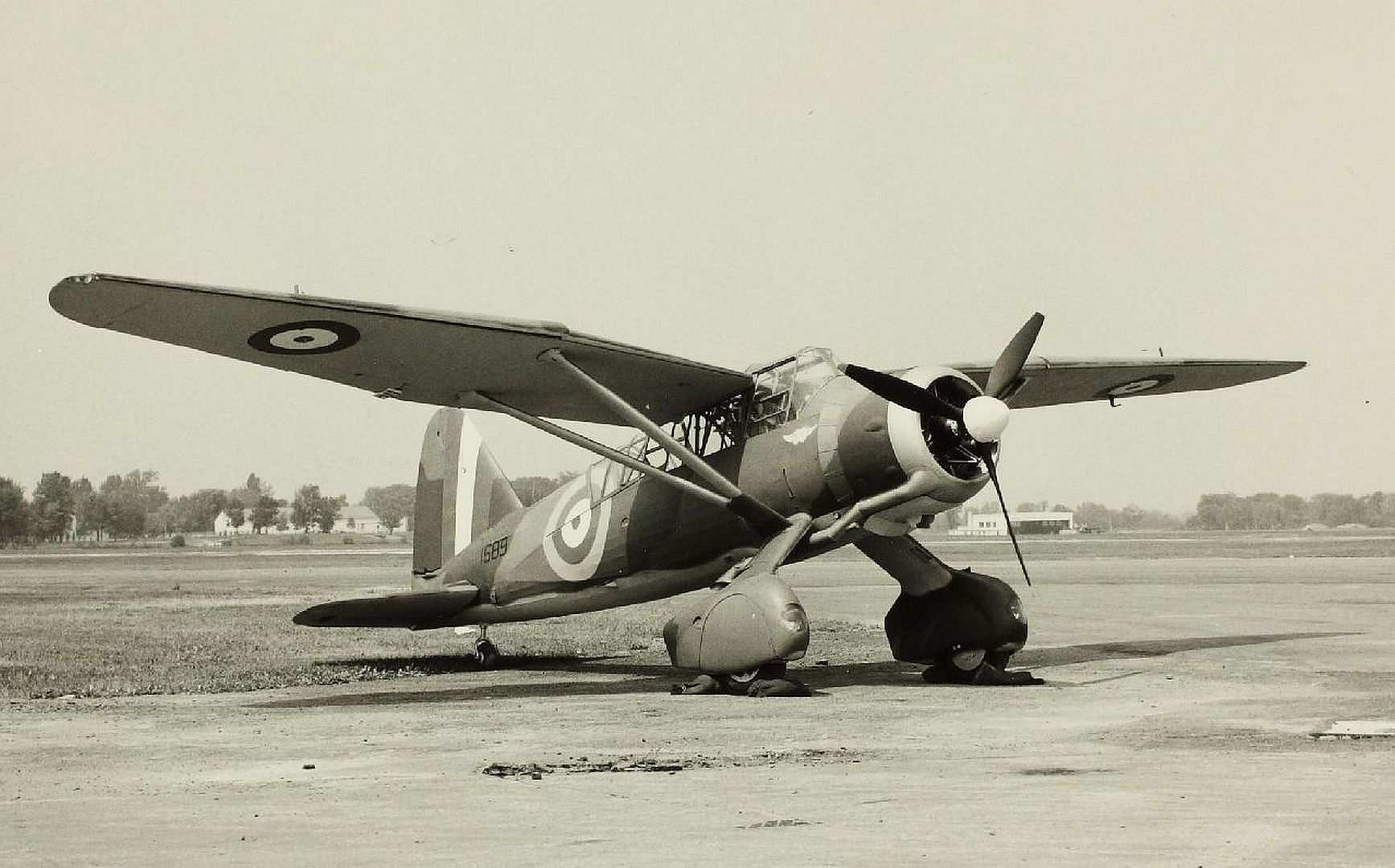
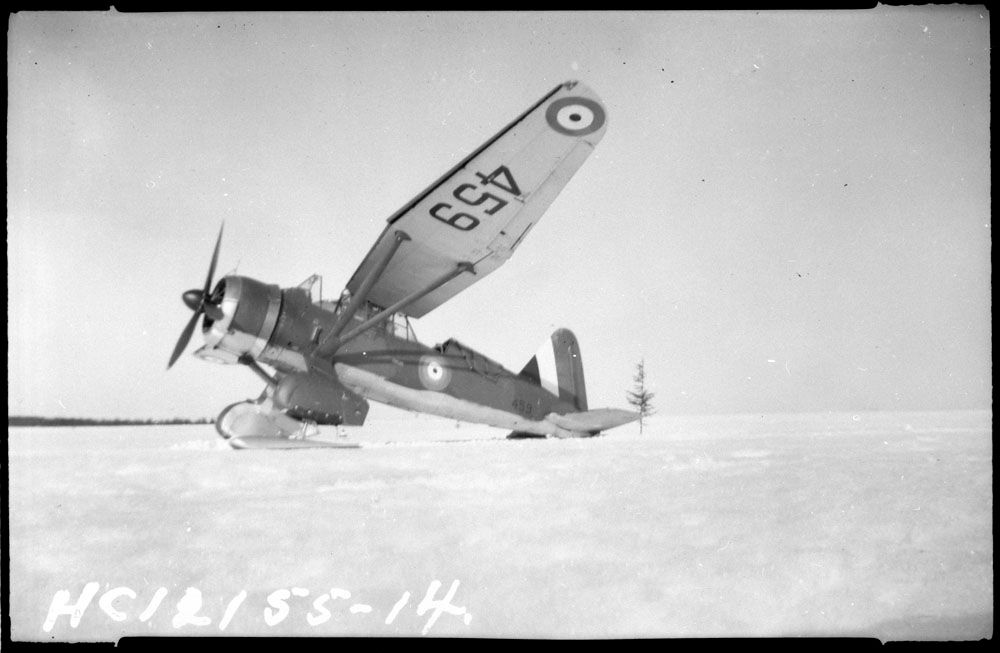
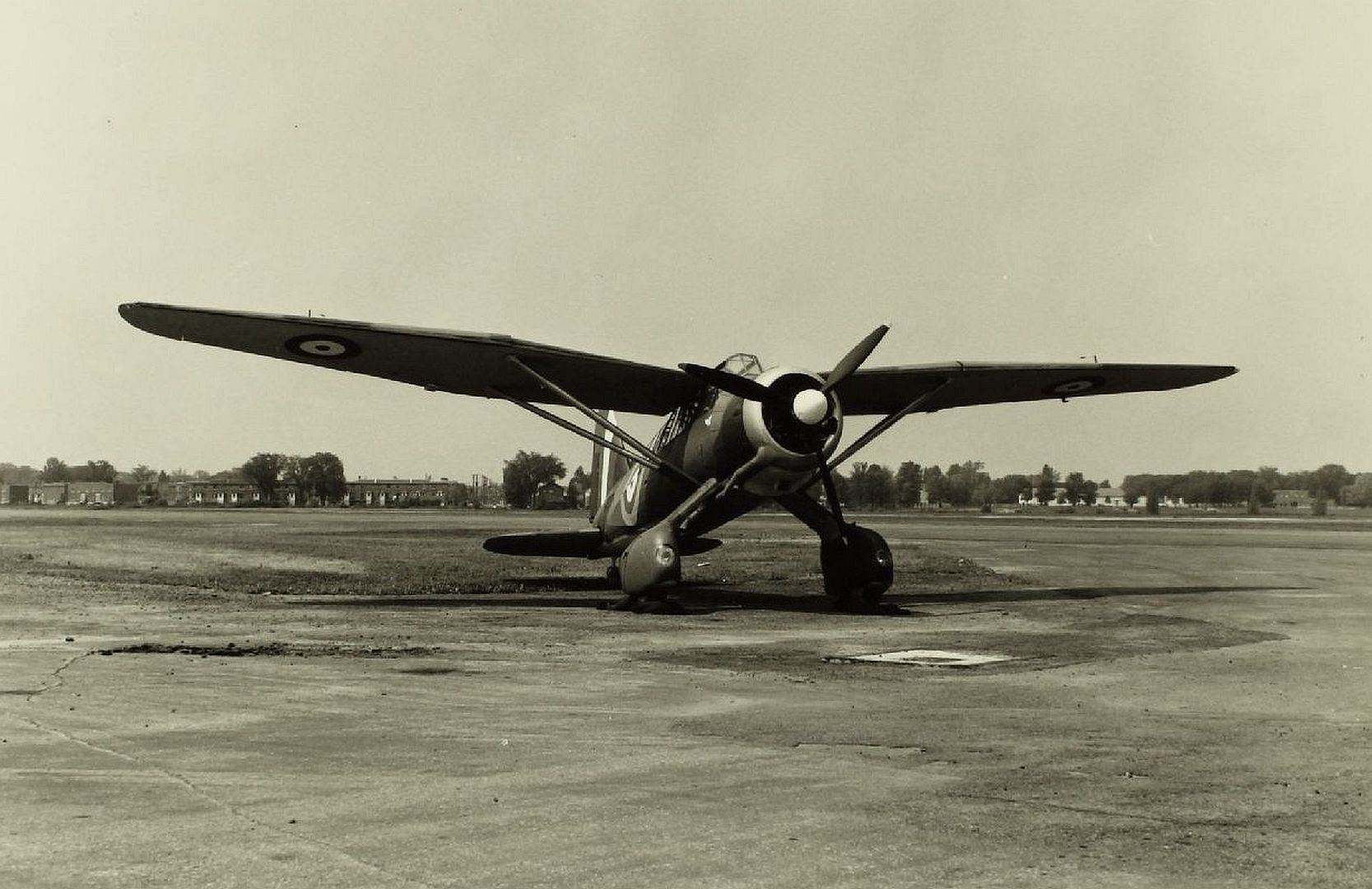
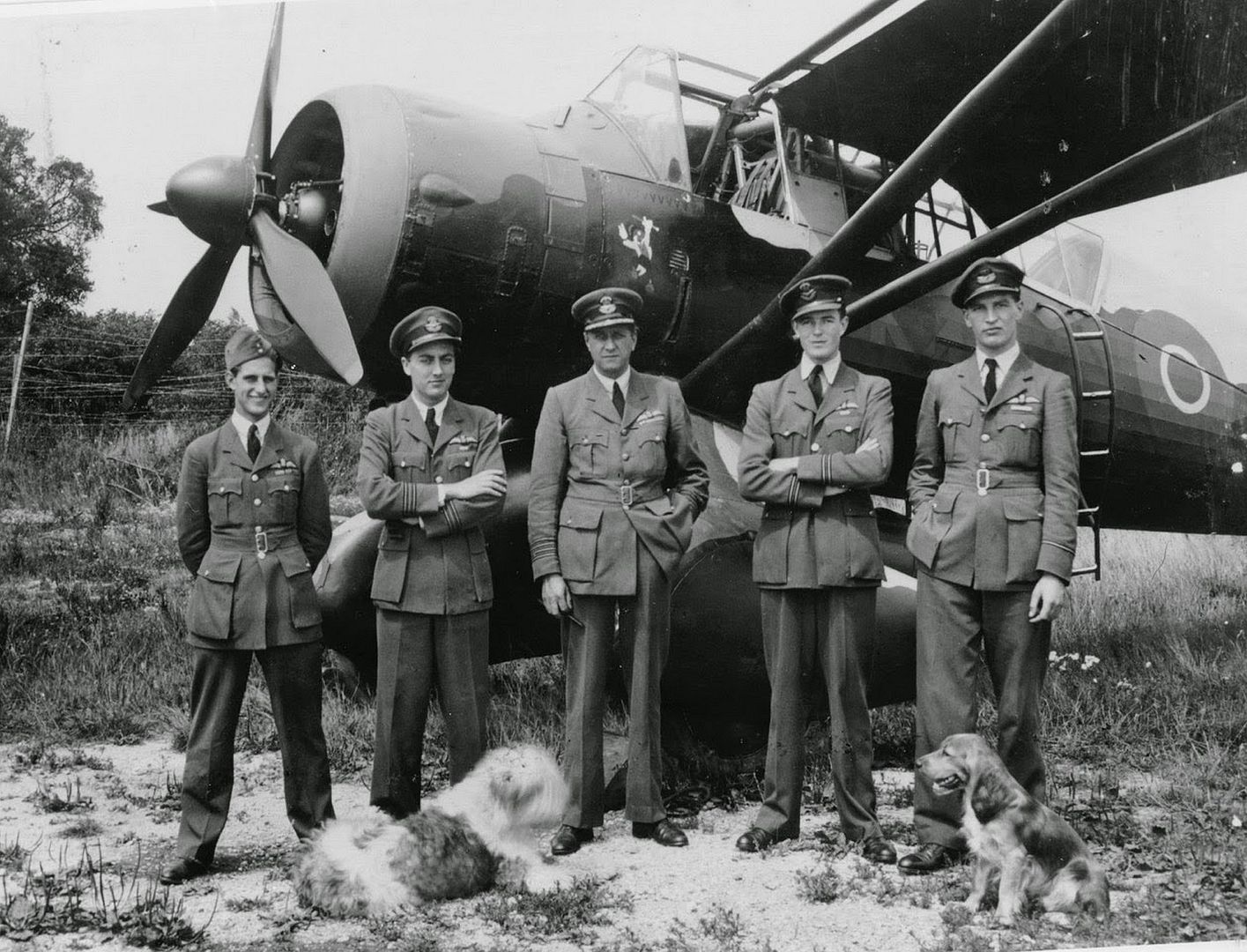
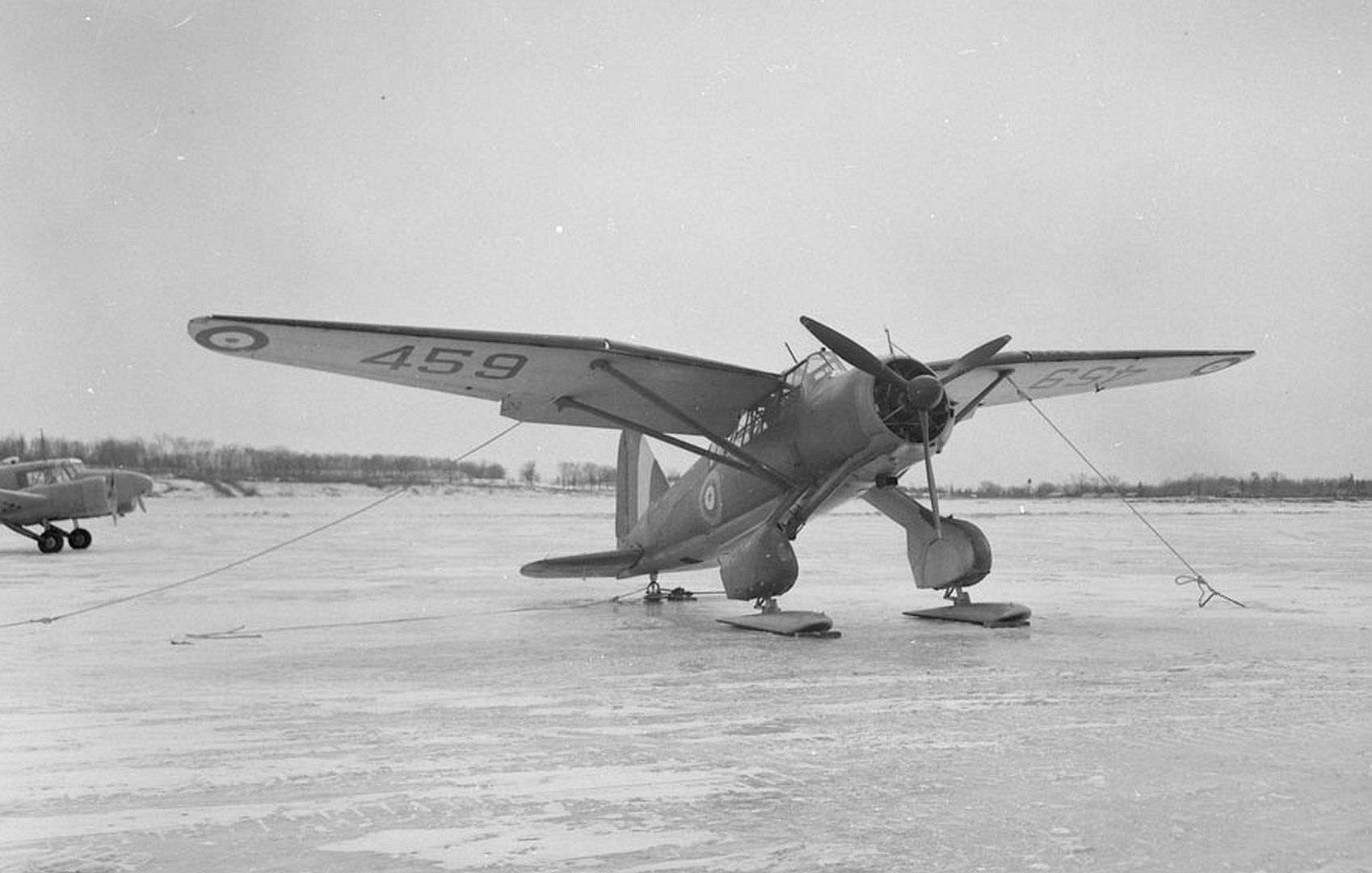
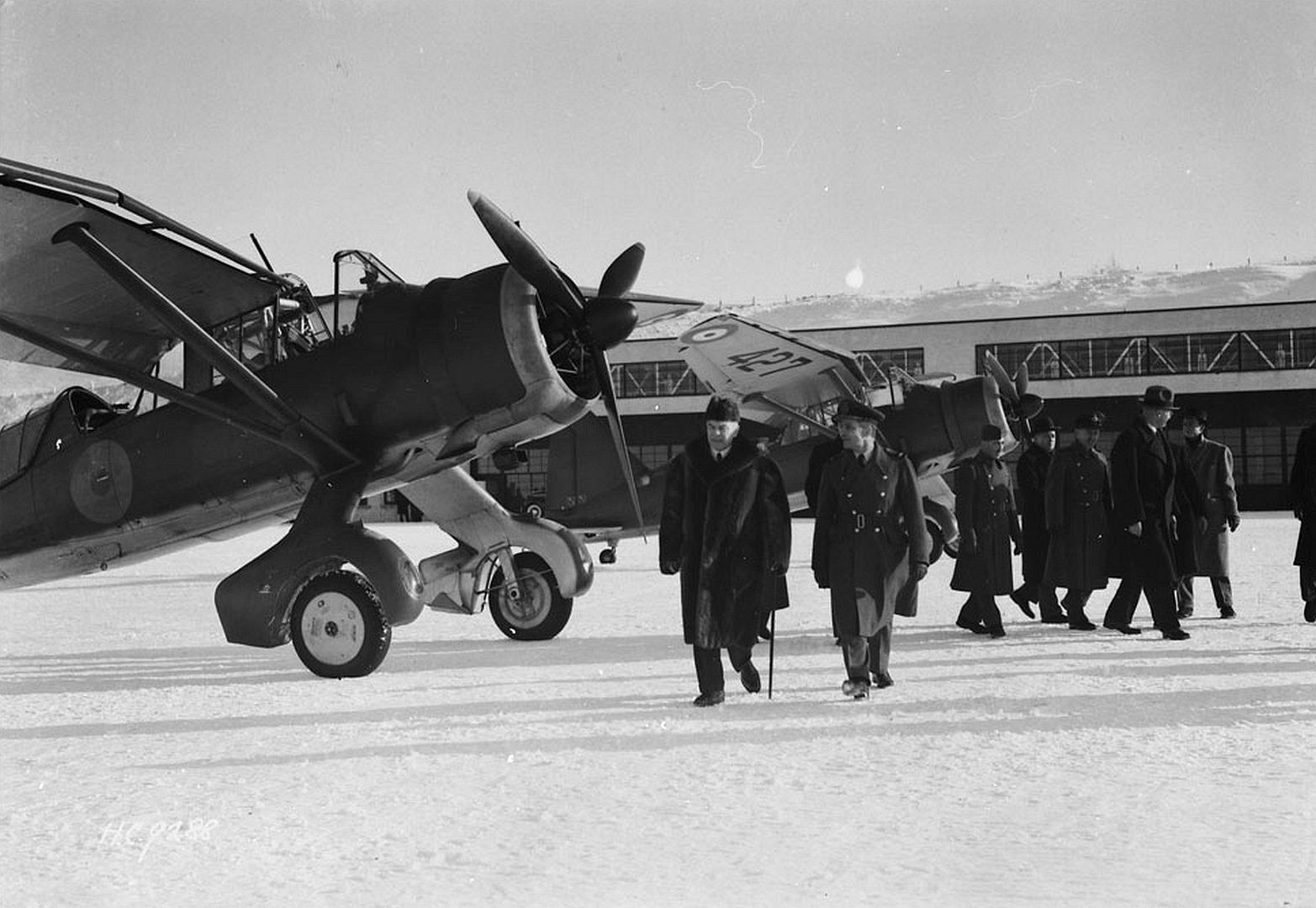
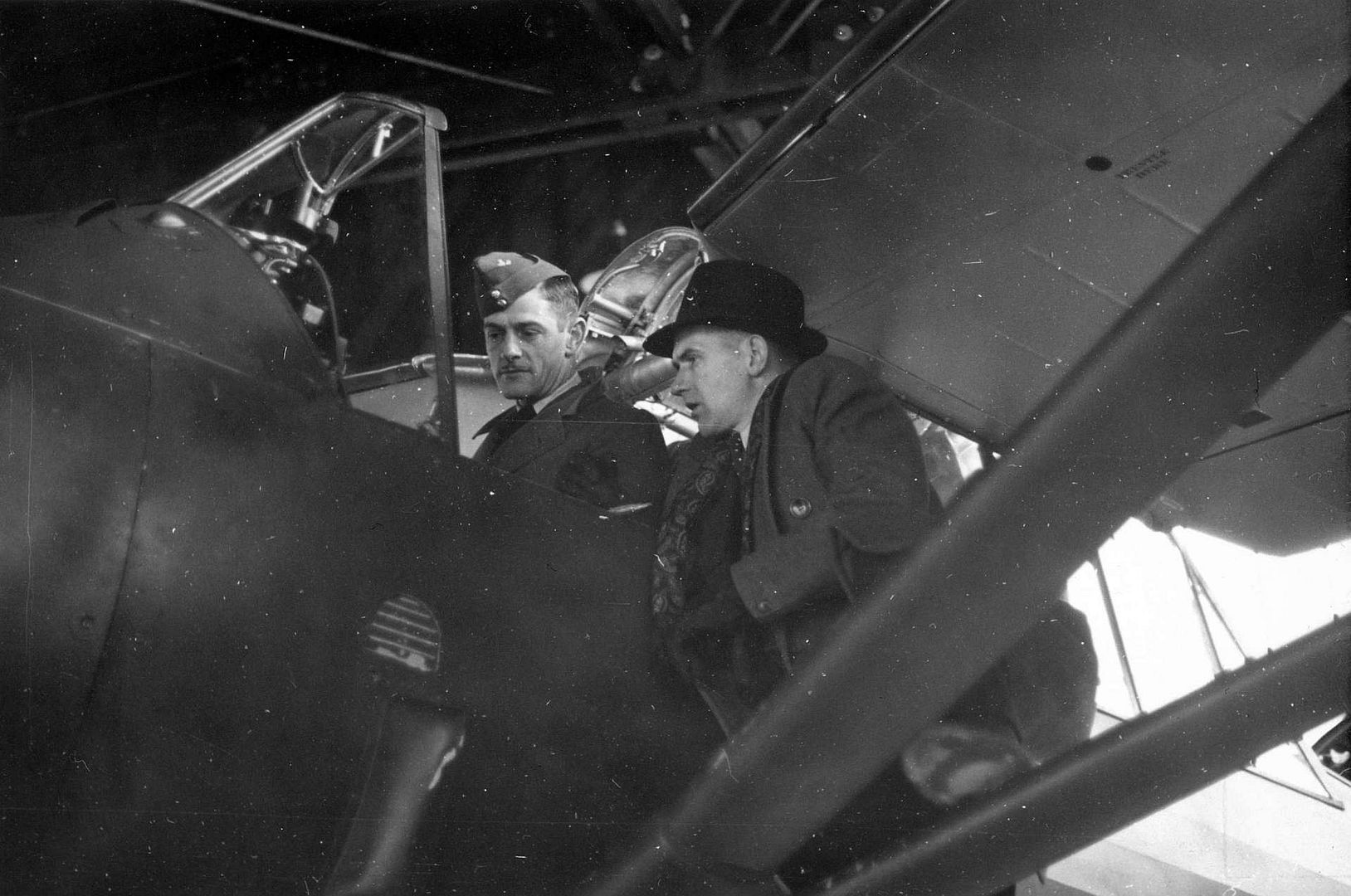

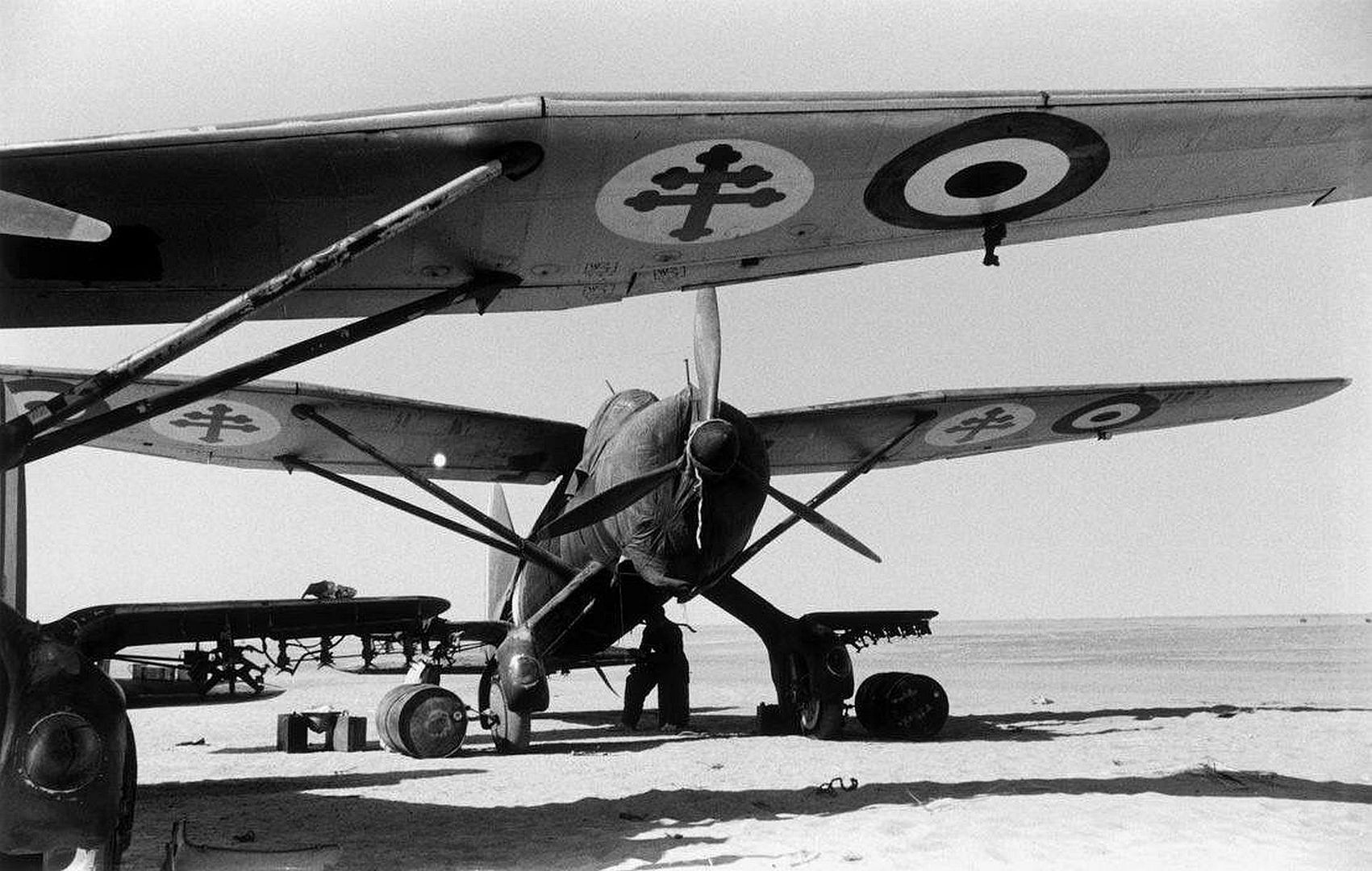

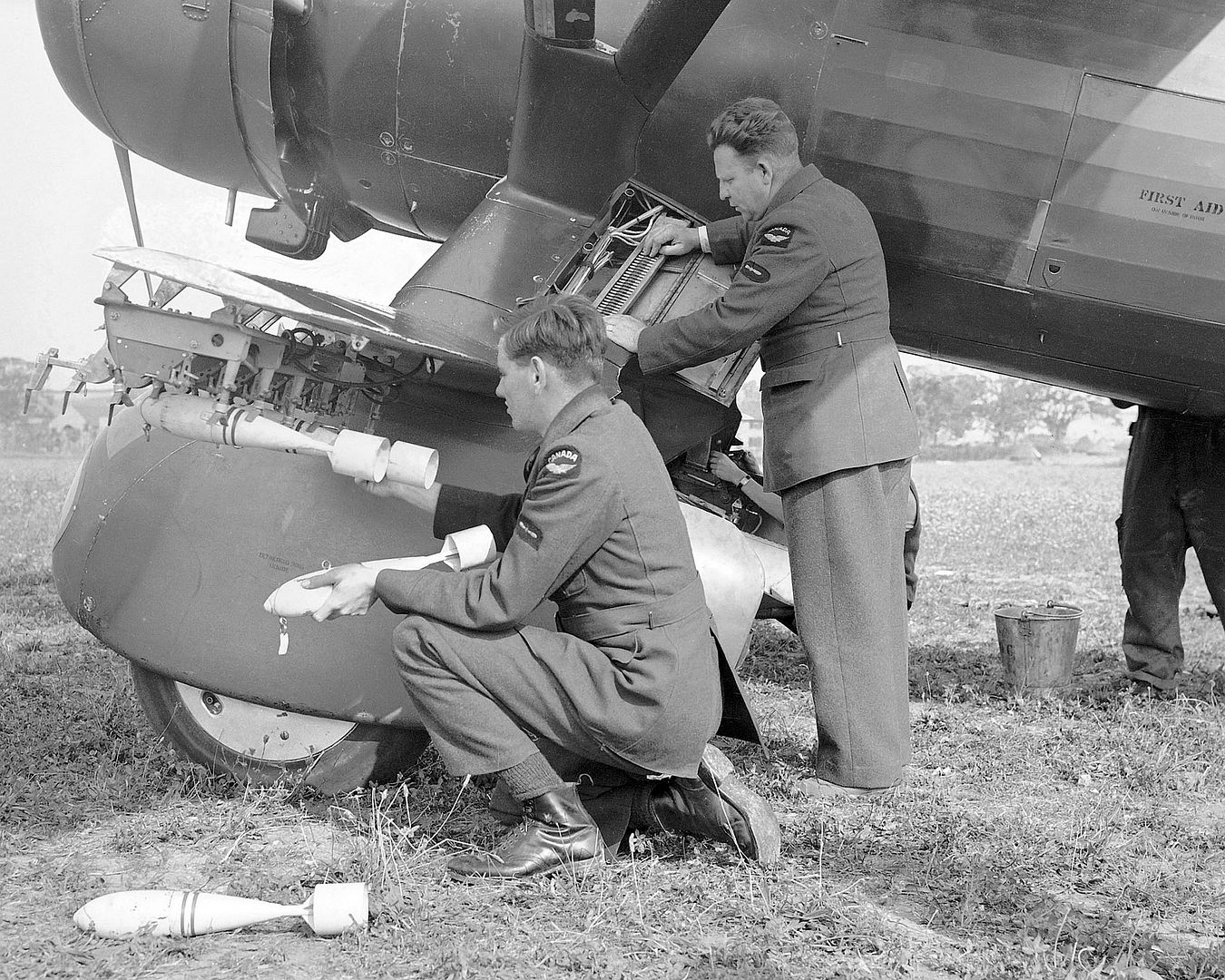
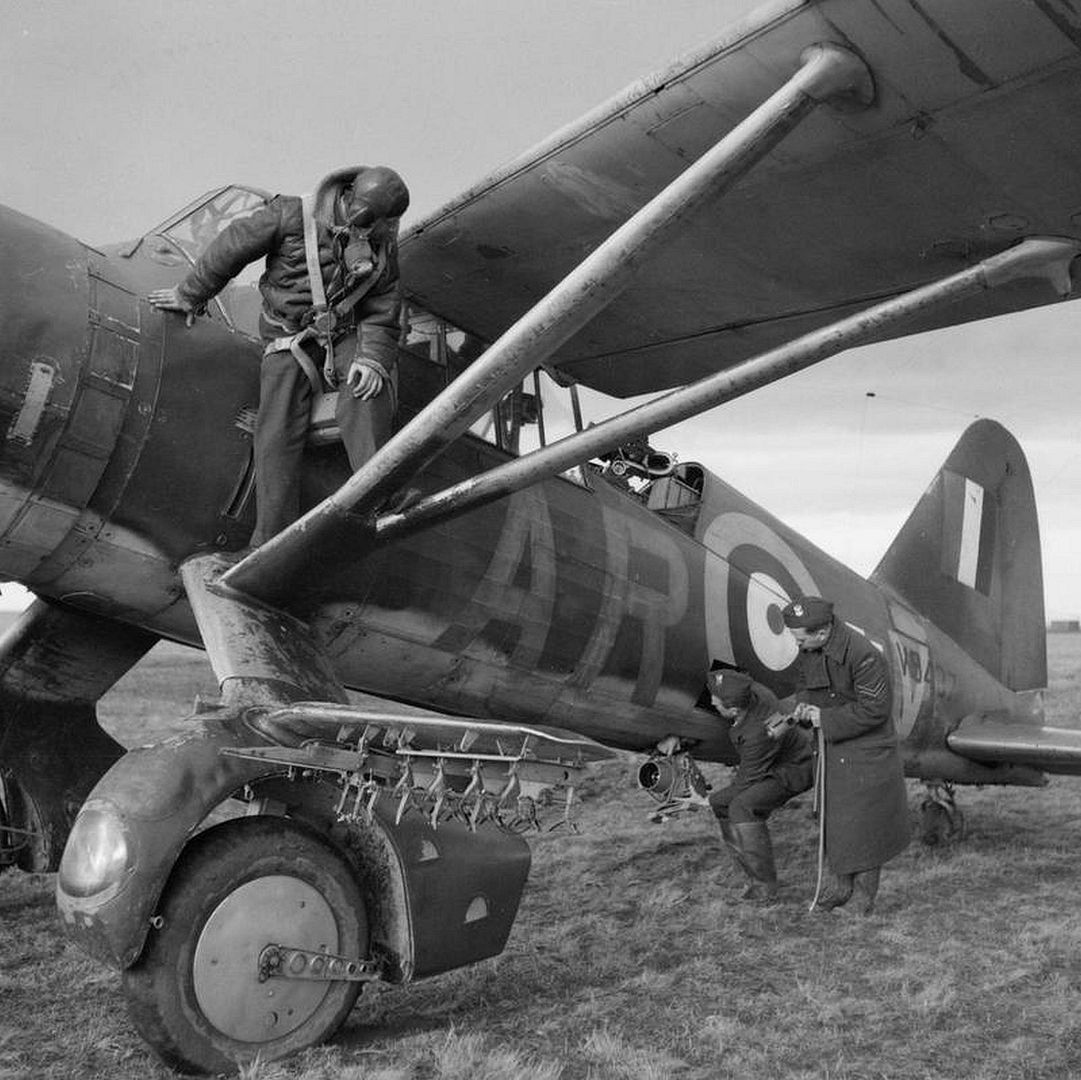
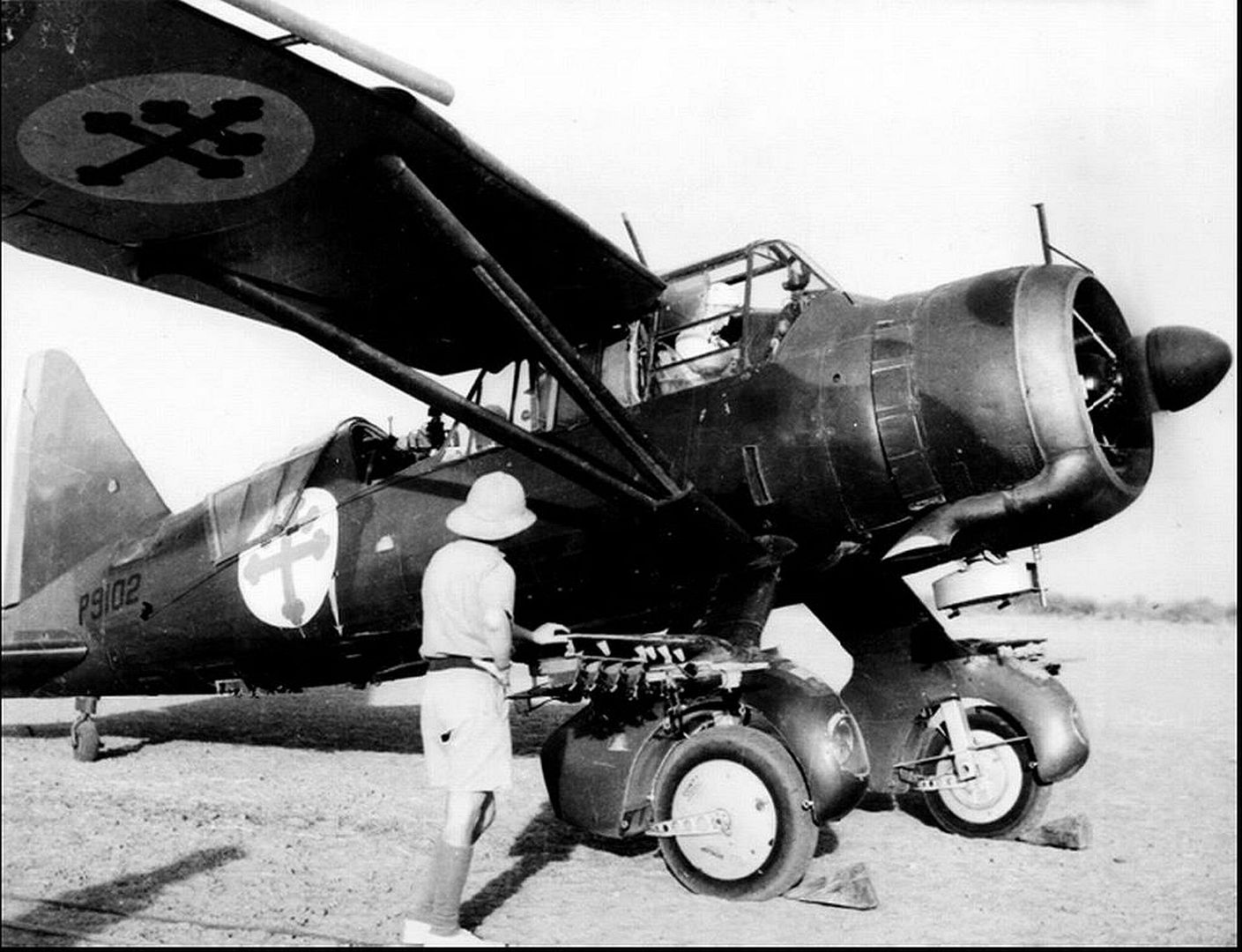
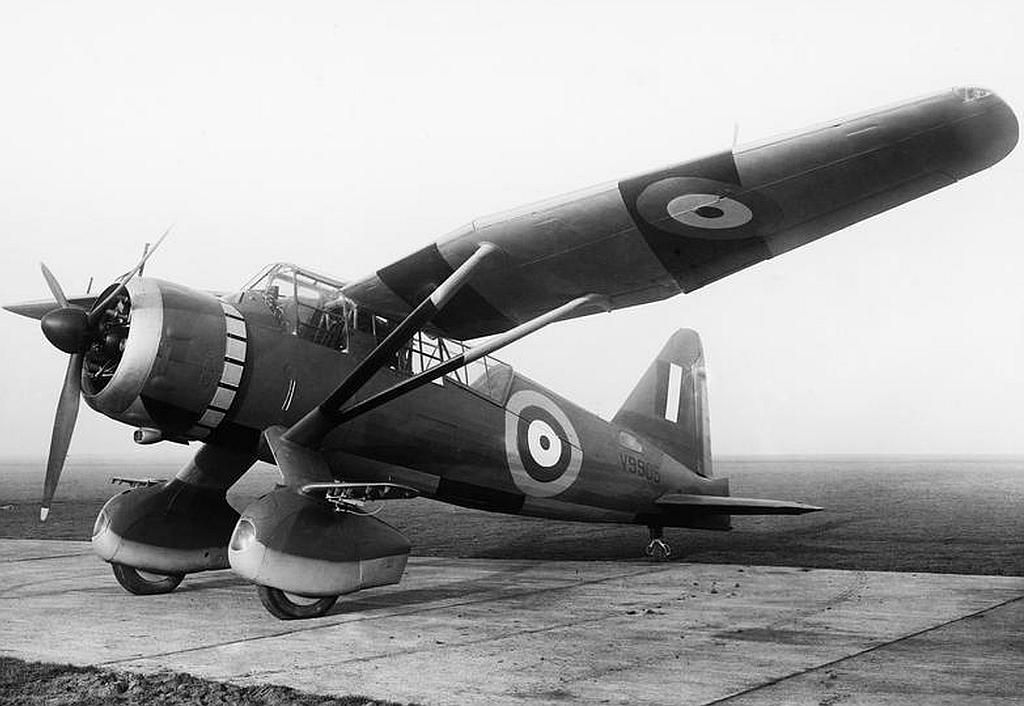
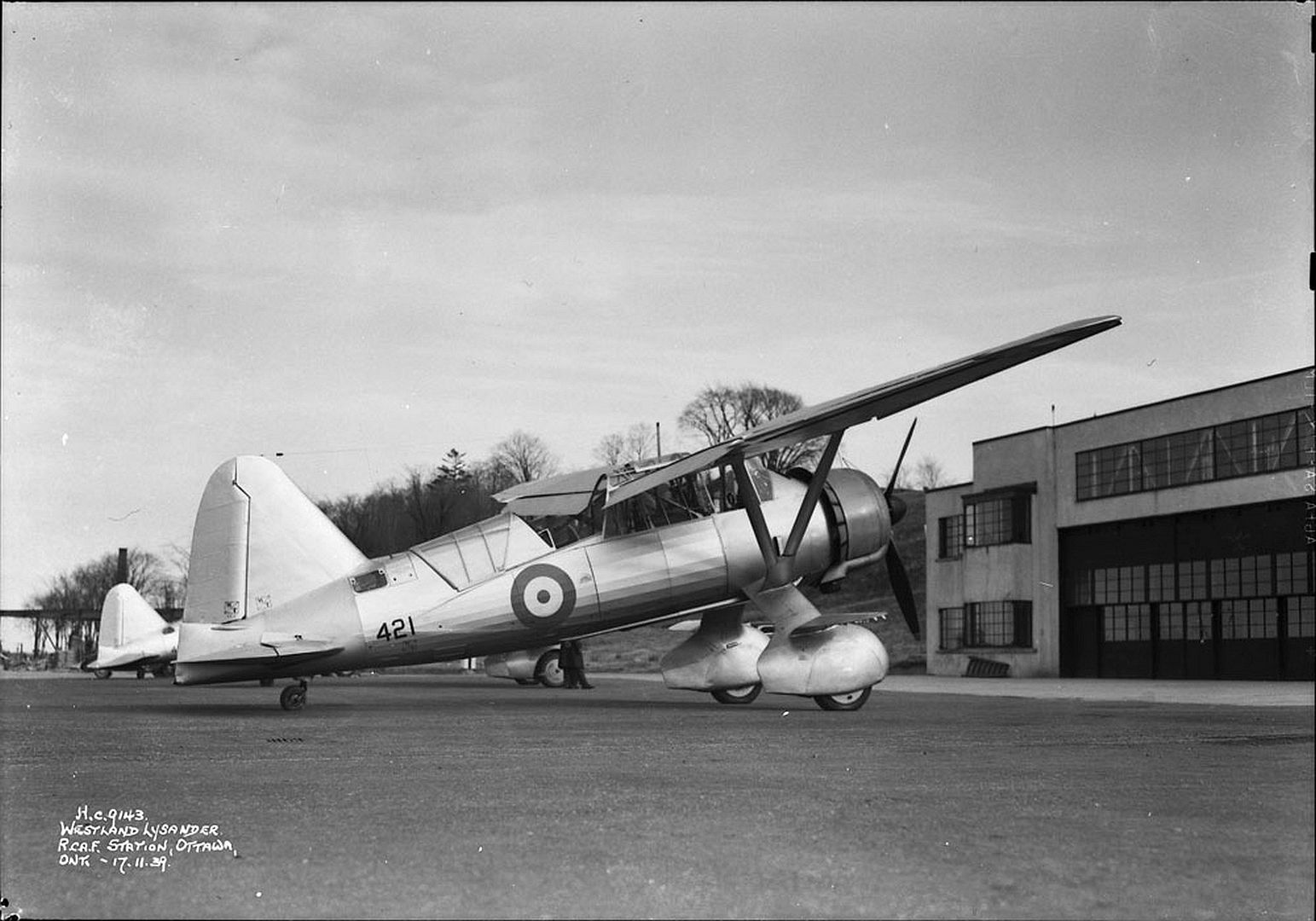
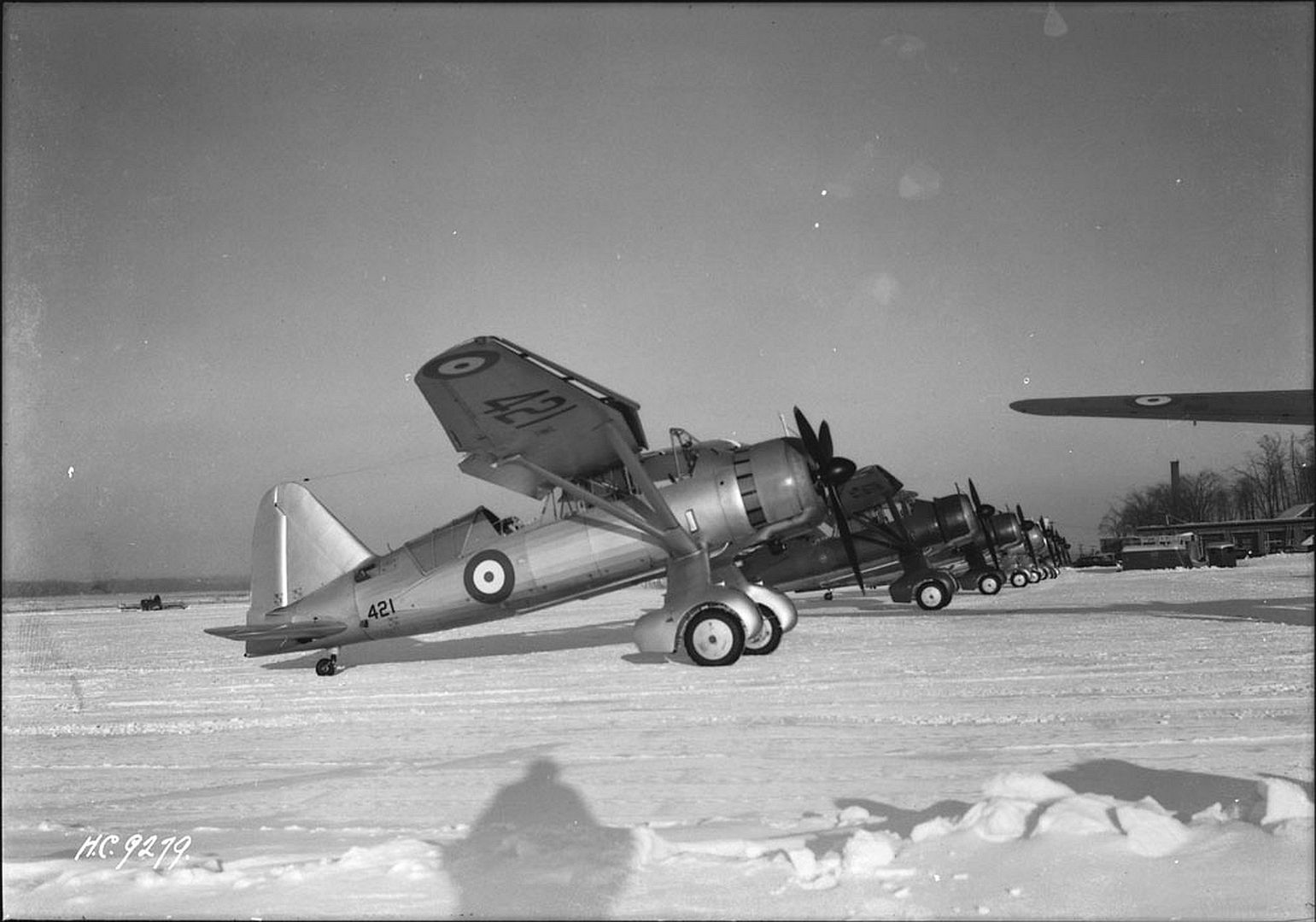
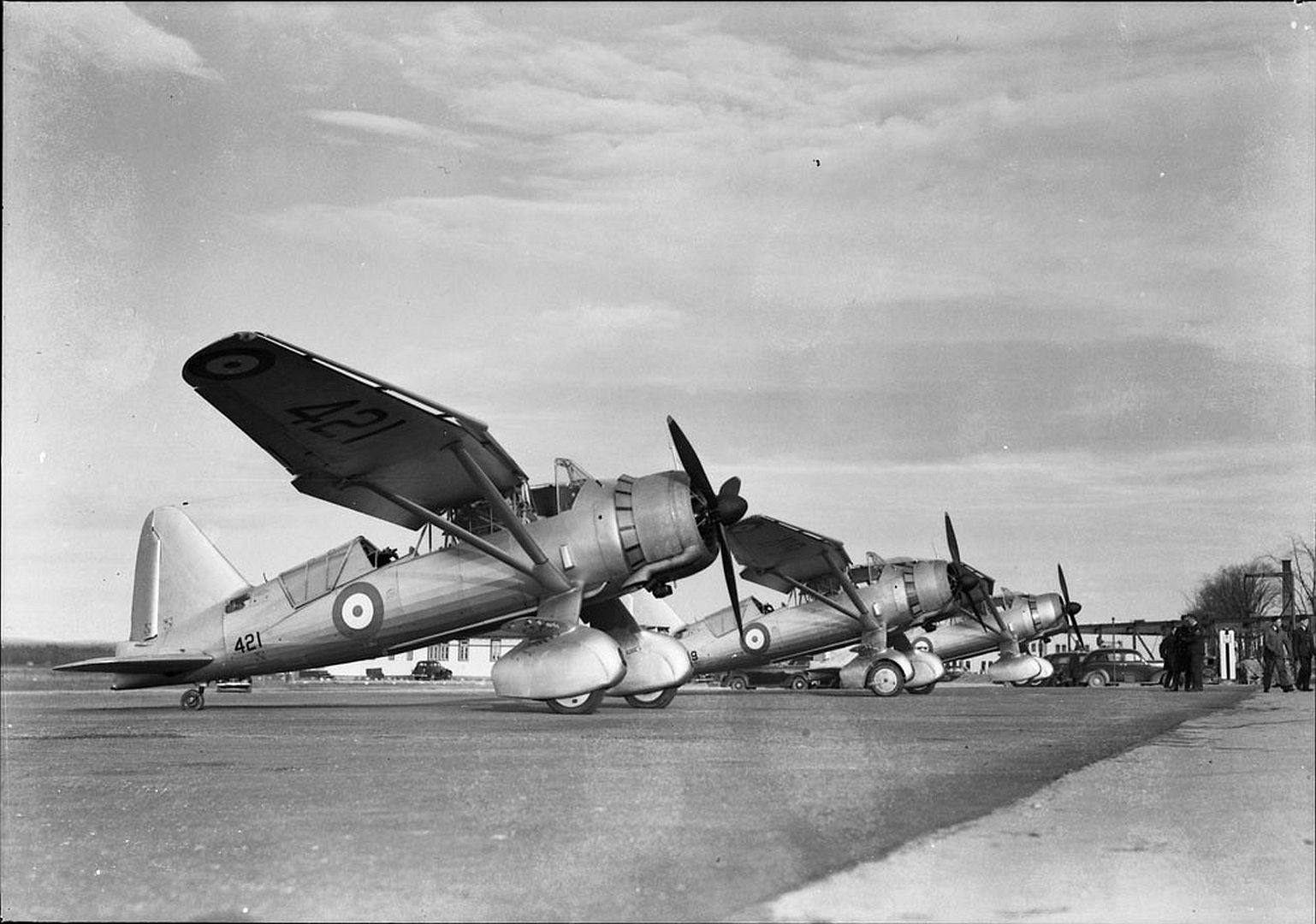
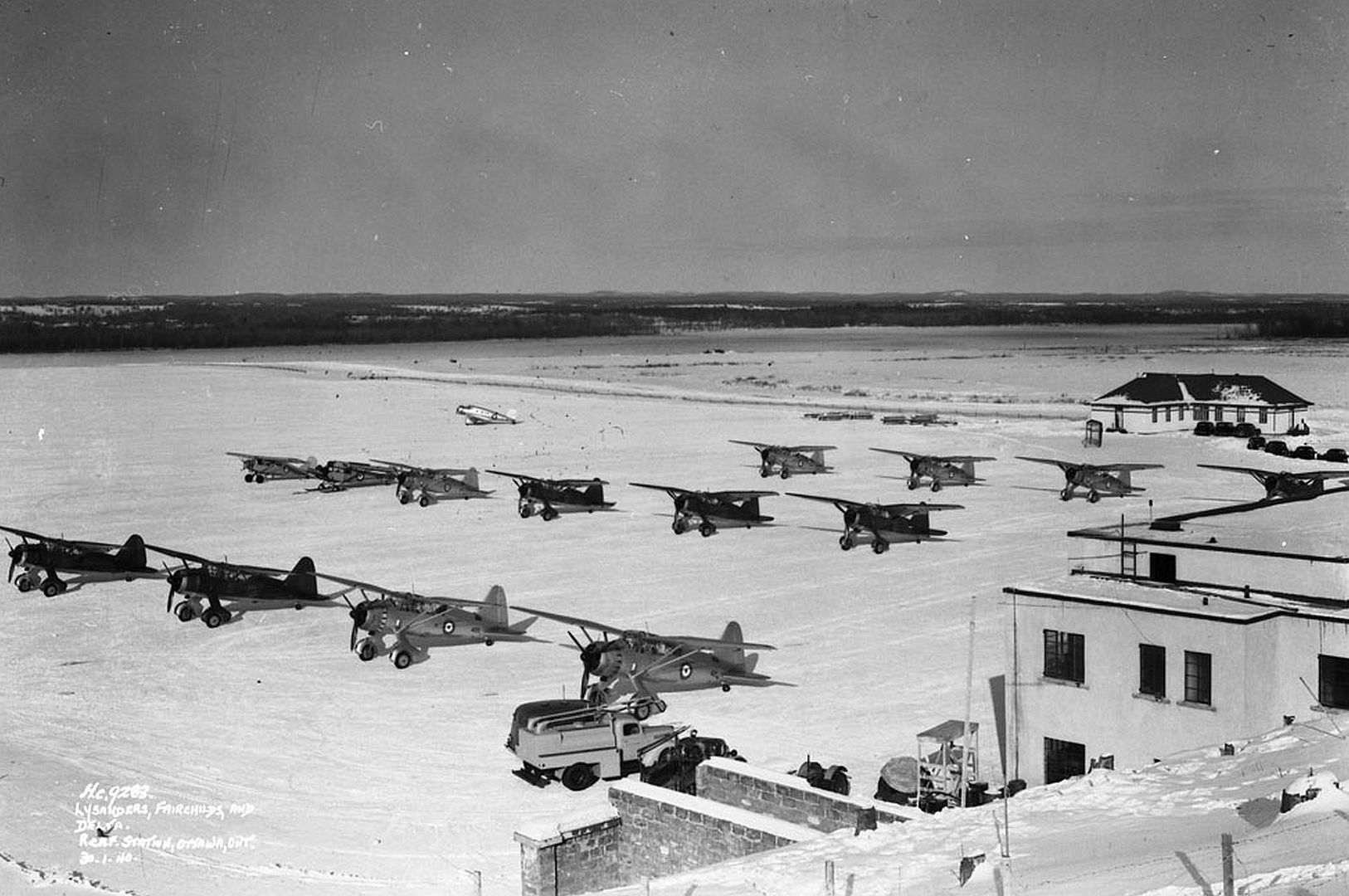

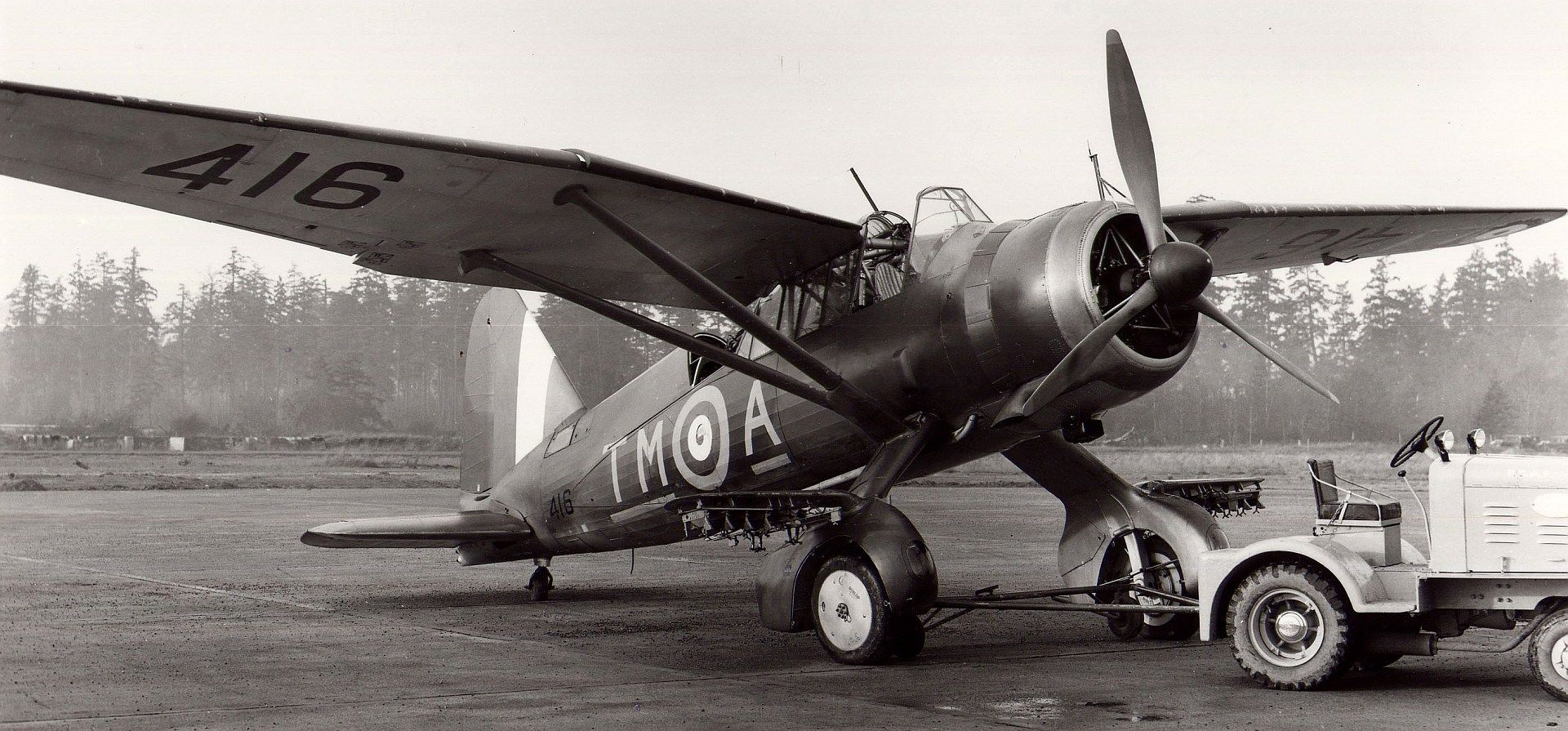



Below Finnish












Specifications (Lysander Mk III)
General characteristics
Crew: One, pilot
Capacity: 1 passenger (or observer)
Length: 30 ft 6 in (9.29 m)
Wingspan: 50 ft 0 in (15.24 m)
Height: 14 ft 6 in (4.42 m)
Wing area: 260 ft? (24.2 m?)
Empty weight: 4,365 lb (1,984 kg)
Max. takeoff weight: 6,330 lb (2,877 kg)
Powerplant: 1 ? Bristol Mercury XX radial engine, 870 hp (649 kW)
Performance
Maximum speed: 212 mph (184 knots, 341 km/h) at 5,000 ft (1,520 m)
Range: 600 miles (522 nmi, 966 km)
Service ceiling: 21,500 ft (6,550 m)
Climb to 10,000 ft (3,050 m): 8 min
Take-off run to 50 ft (15 m): 305 yards (279 m)
Armament
Guns: Two forward-firing .303 in (7.7 mm) Browning machine guns in wheel fairings and two more for the observer
Bombs: Four 20 lb (9 kg) bombs under rear fuselage and 500 lb (227 kg) of bombs on stub wings if fitted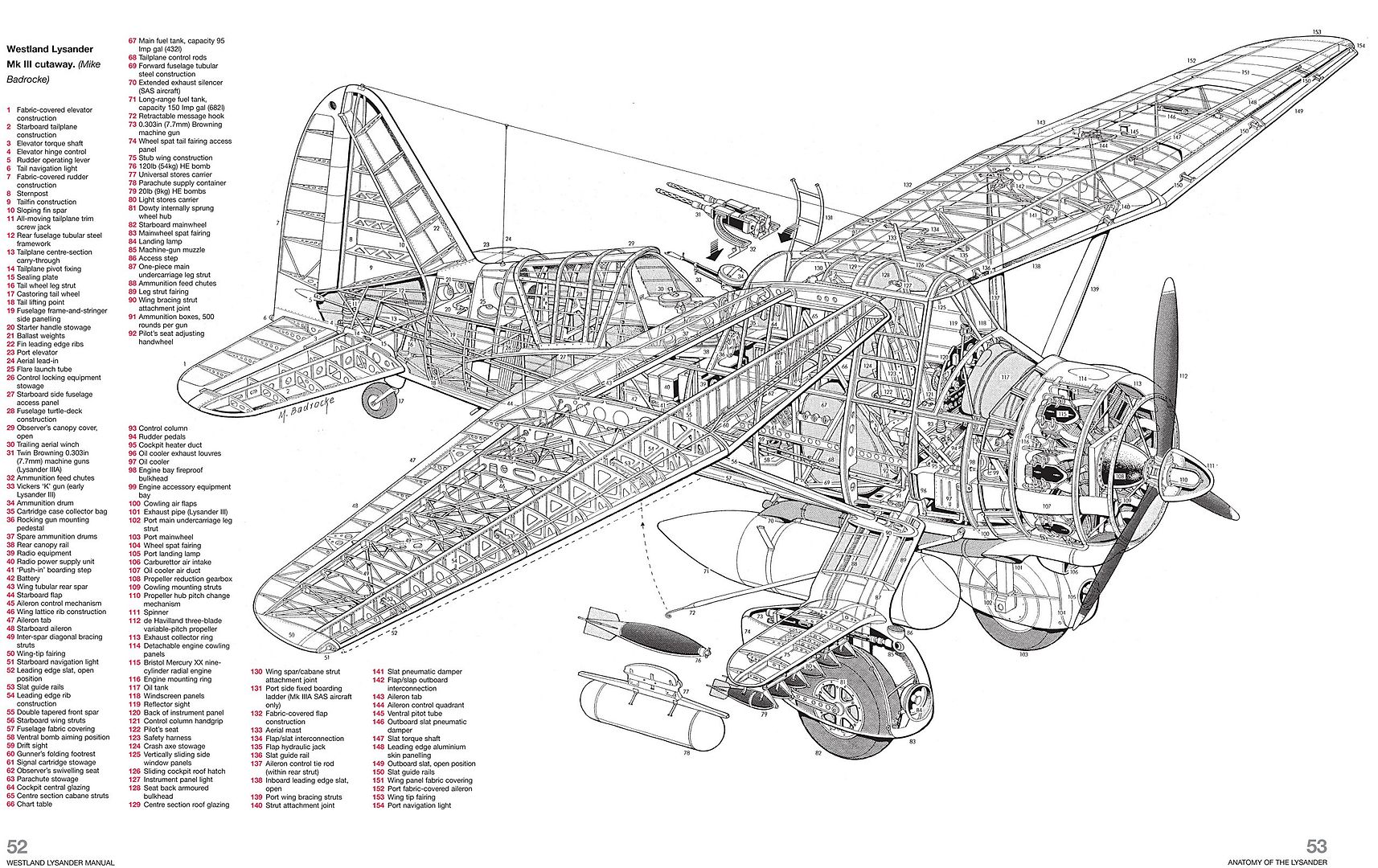
Lysander P-12
During 1940 in Britain there were preparations for the defence of the country in the event a German invasion was to take place. Among projected schemes put forward for the strafing of German forces as they hit the beaches and for striking at supporting surface vessels was that of the Westland P-12. The project incorporated a straight modification of the Westland Lysander aircraft. The initial plan was to install two 20mm cannons attached to the fixed undercarriage spats. However a further rethinking led to the redesign of the rear fuselage, this being cut short and a tail turret added, and the adaptation of a new mounted ?tandem wing? arrangement complete with endplate fins and rudders for longitudinal stability. When the P-12 first flew on 27th July 1941 it was immediately shown to be highly maneuverable.
The P-12 serial number K6172 was extensively modified to another standard form of strafing power against ships or ground troops. The fuselage was shortened by 4?9? to 25?9? and a tail mock-up intended to carry a 4gun, Wash and Thompson type, made of plywood and Perspex which was a generic heavy bomber tail unit, and a fuselage having a very light framework. The De Lenne type second wing, which had full span elevators and was fitted beneath the fuselage just in front of the turret. This increased the wing area from 260 Sq Ft to 392 Sq ft. The P-12 was powered by a Perseus XII engine and flown by the company?s test pilot Harold Penrose who found that it handled well.
Following the successful maiden flight it was hoped that the design would develop into an effective night fighter or at least gunnery trainer. Despite successful flight trials this remained a one off experiment. The perceived German threat diminished and none were ever ordered. K6127 was later used for communication tests and in the Welkin programme before being broken up in 1944.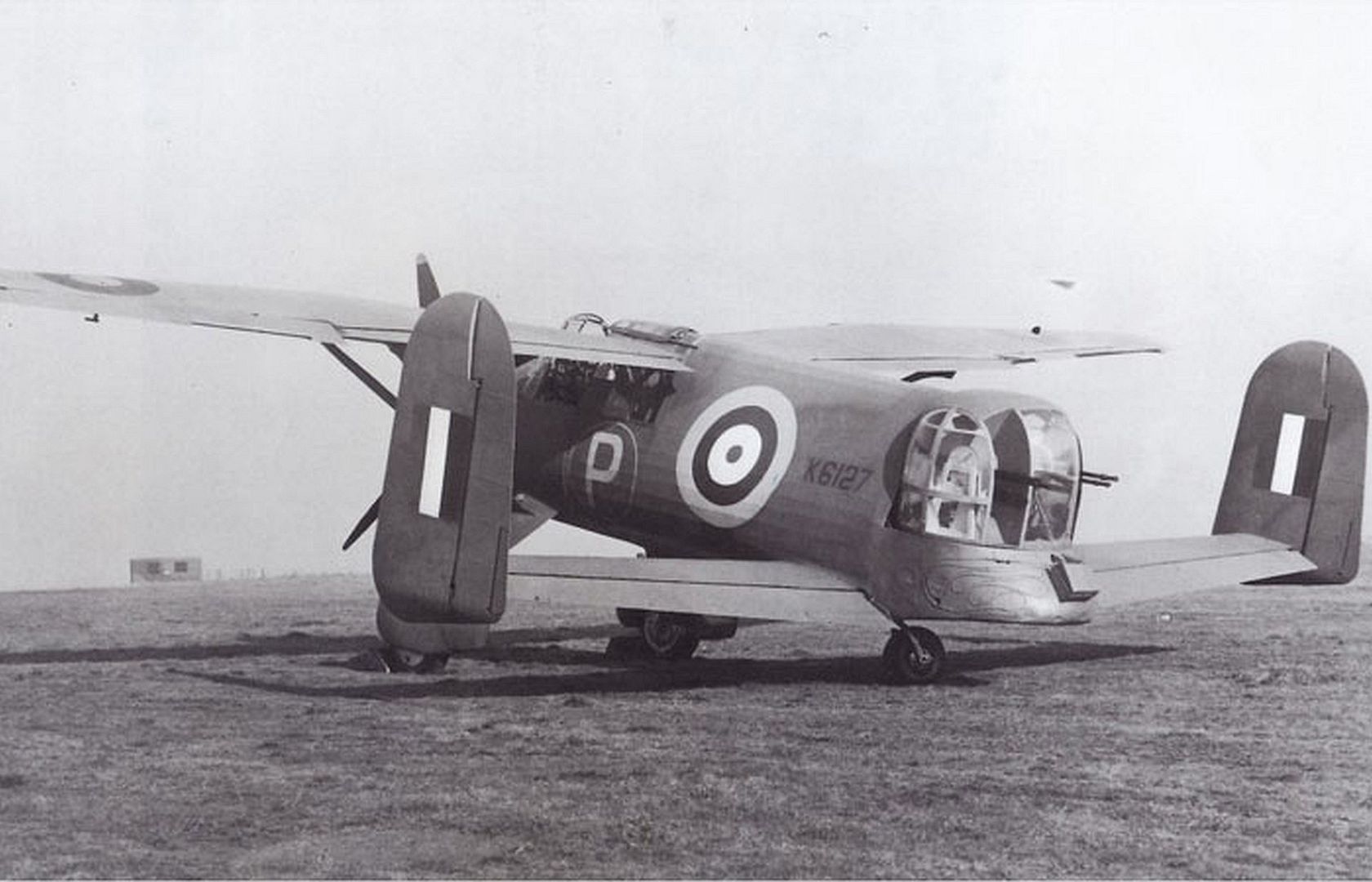
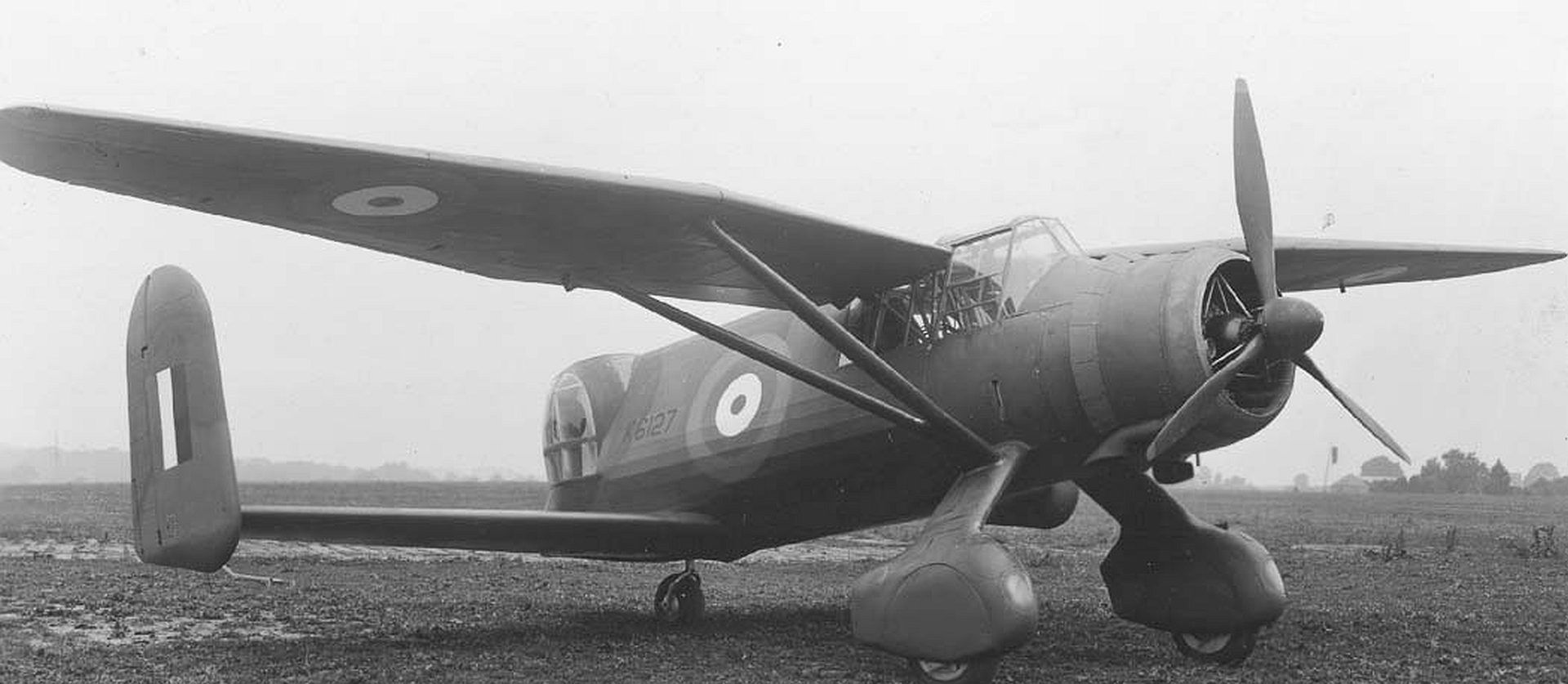
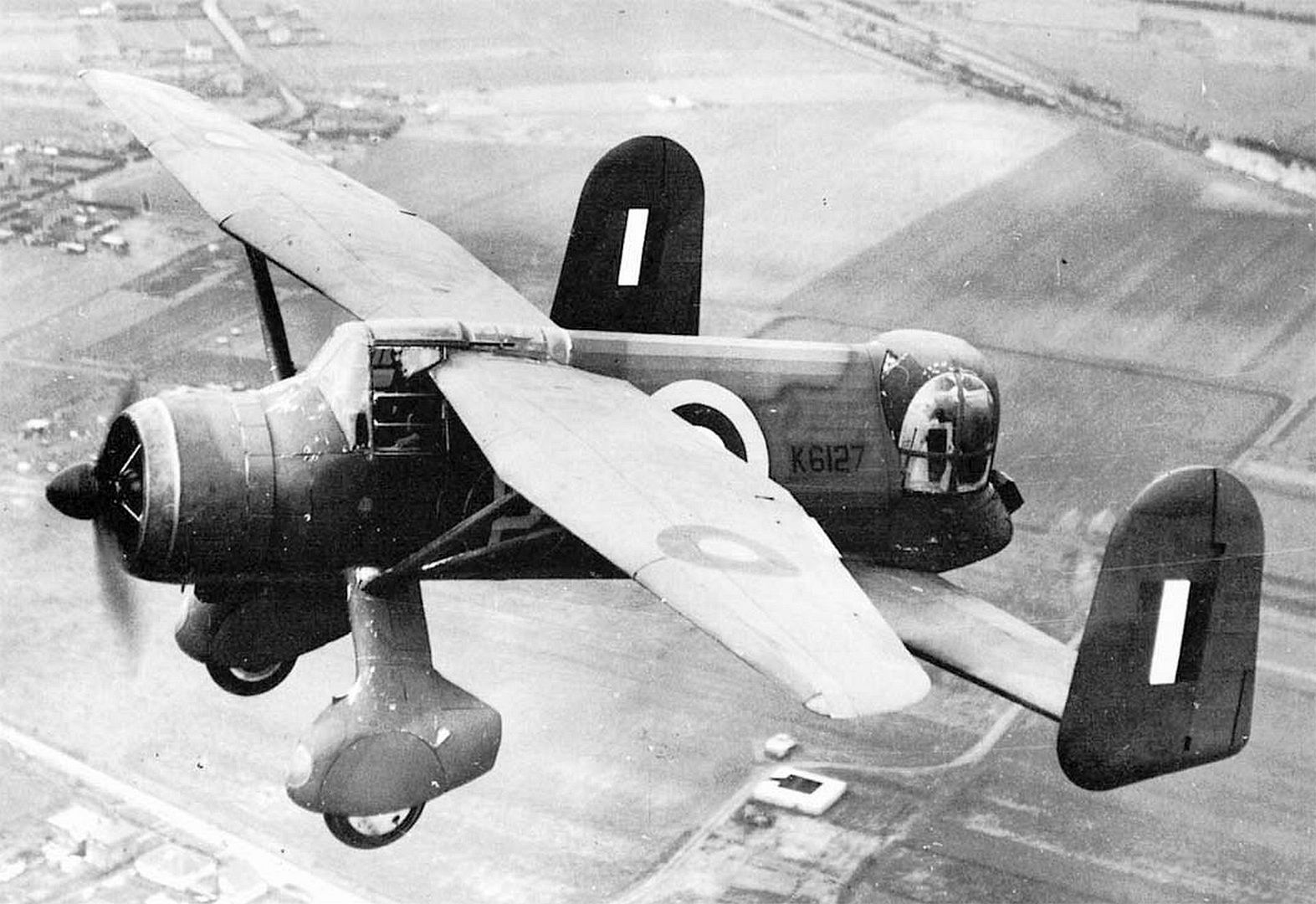
Post a reply
- Go to Previous topic
- Go to Next topic
- Go to Welcome
- Go to Introduce Yourself
- Go to General Discussion
- Go to Screenshots, Images and Videos
- Go to Off topic
- Go to Works in Progress
- Go to Skinning Tips / Tutorials
- Go to Skin Requests
- Go to IJAAF Library
- Go to Luftwaffe Library
- Go to RAF Library
- Go to USAAF / USN Library
- Go to Misc Library
- Go to The Ops Room
- Go to Made in Germany
- Go to Campaigns and Missions
- Go to Works in Progress
- Go to Juri's Air-Raid Shelter
- Go to Campaigns and Missions
- Go to Works in Progress
- Go to Skinpacks
- Go to External Projects Discussion
- Go to Books & Resources
